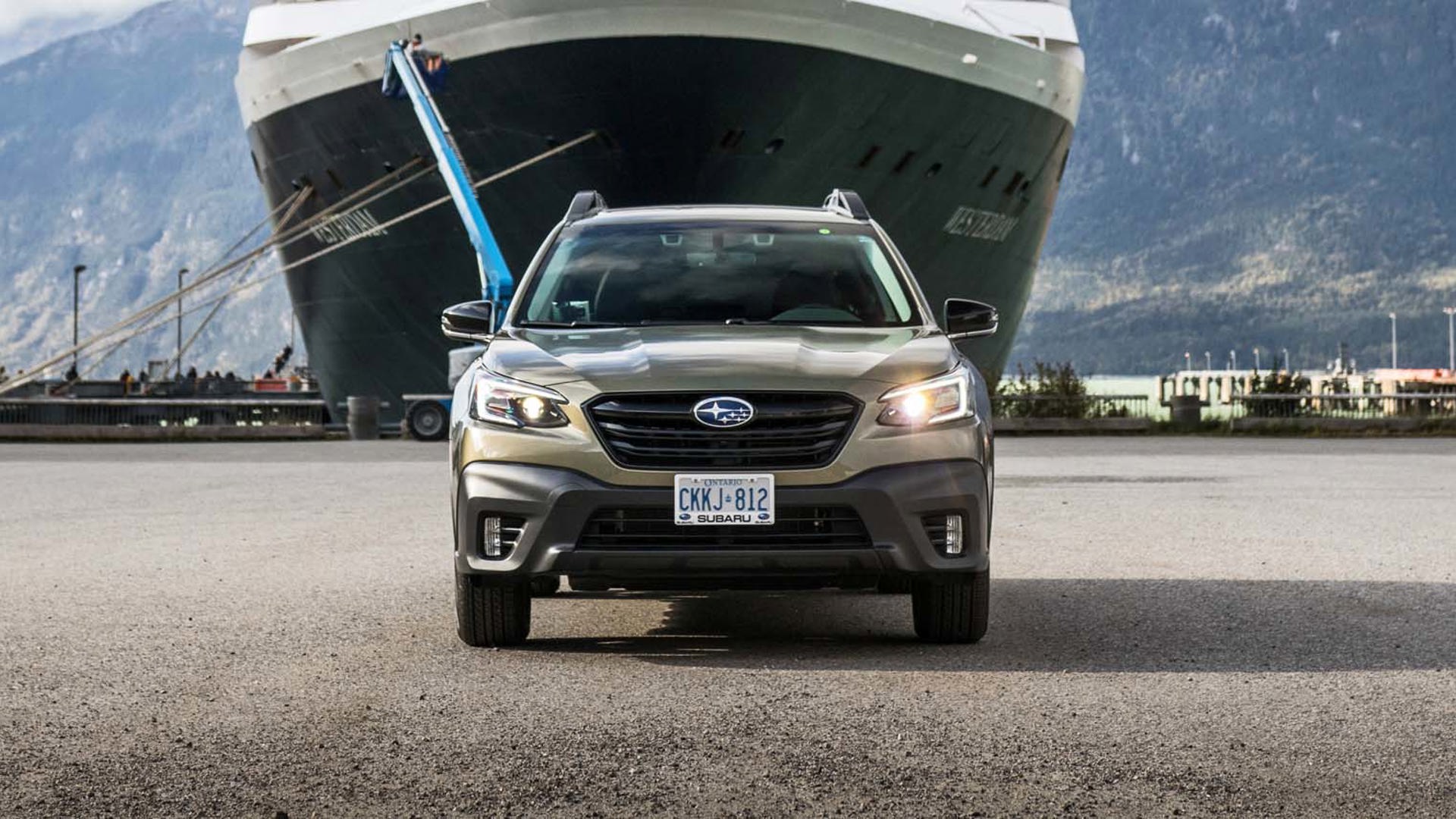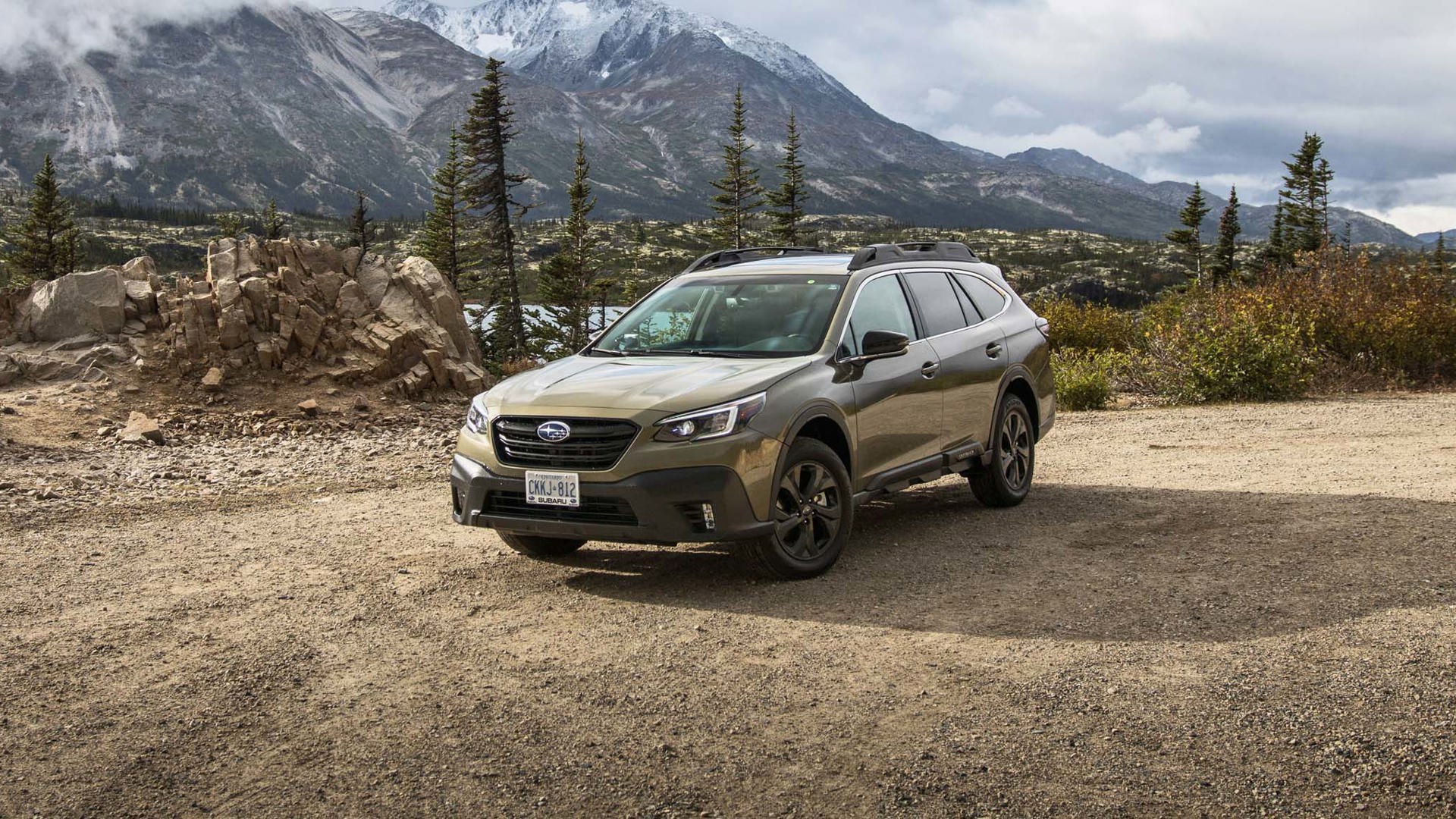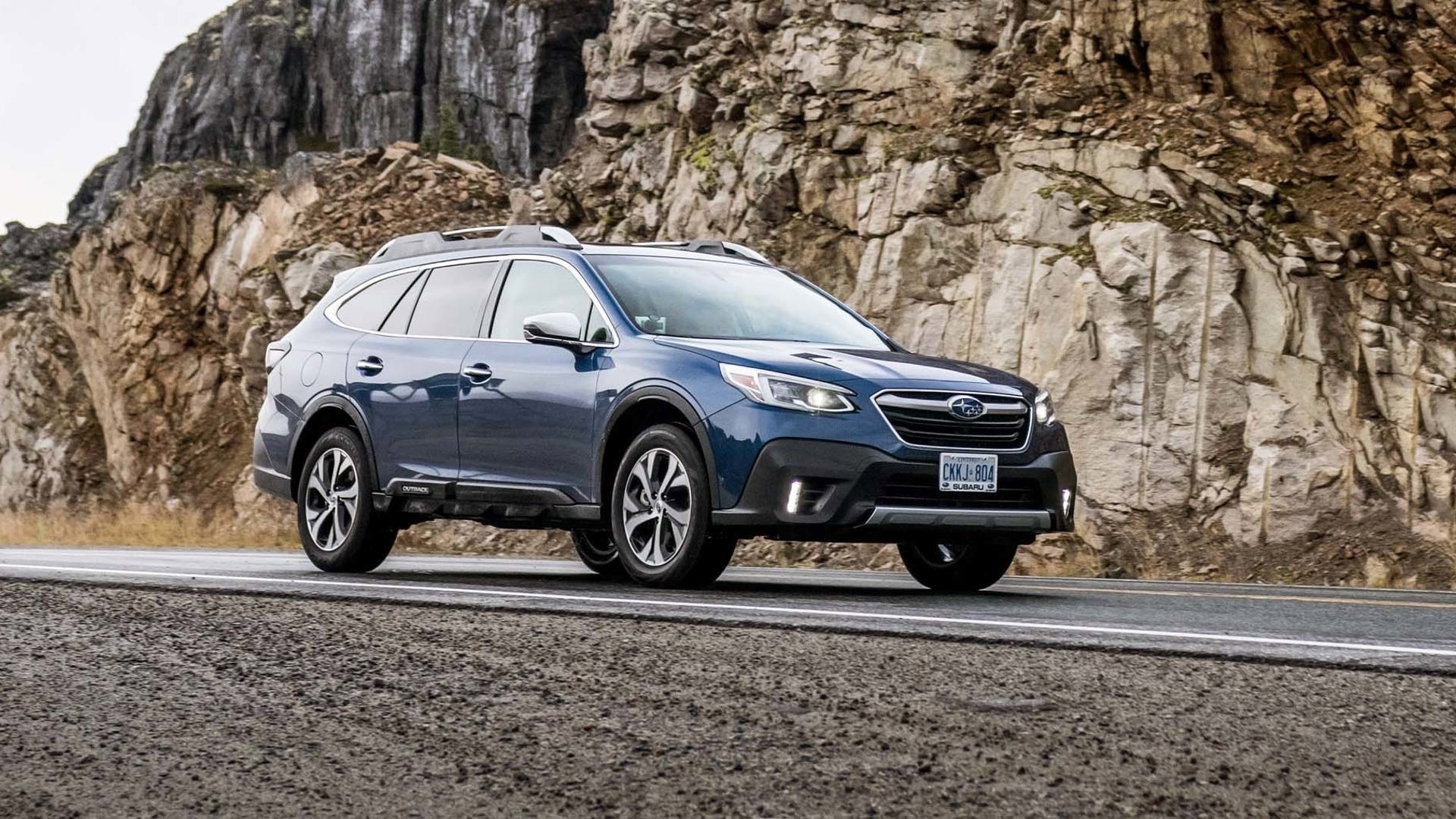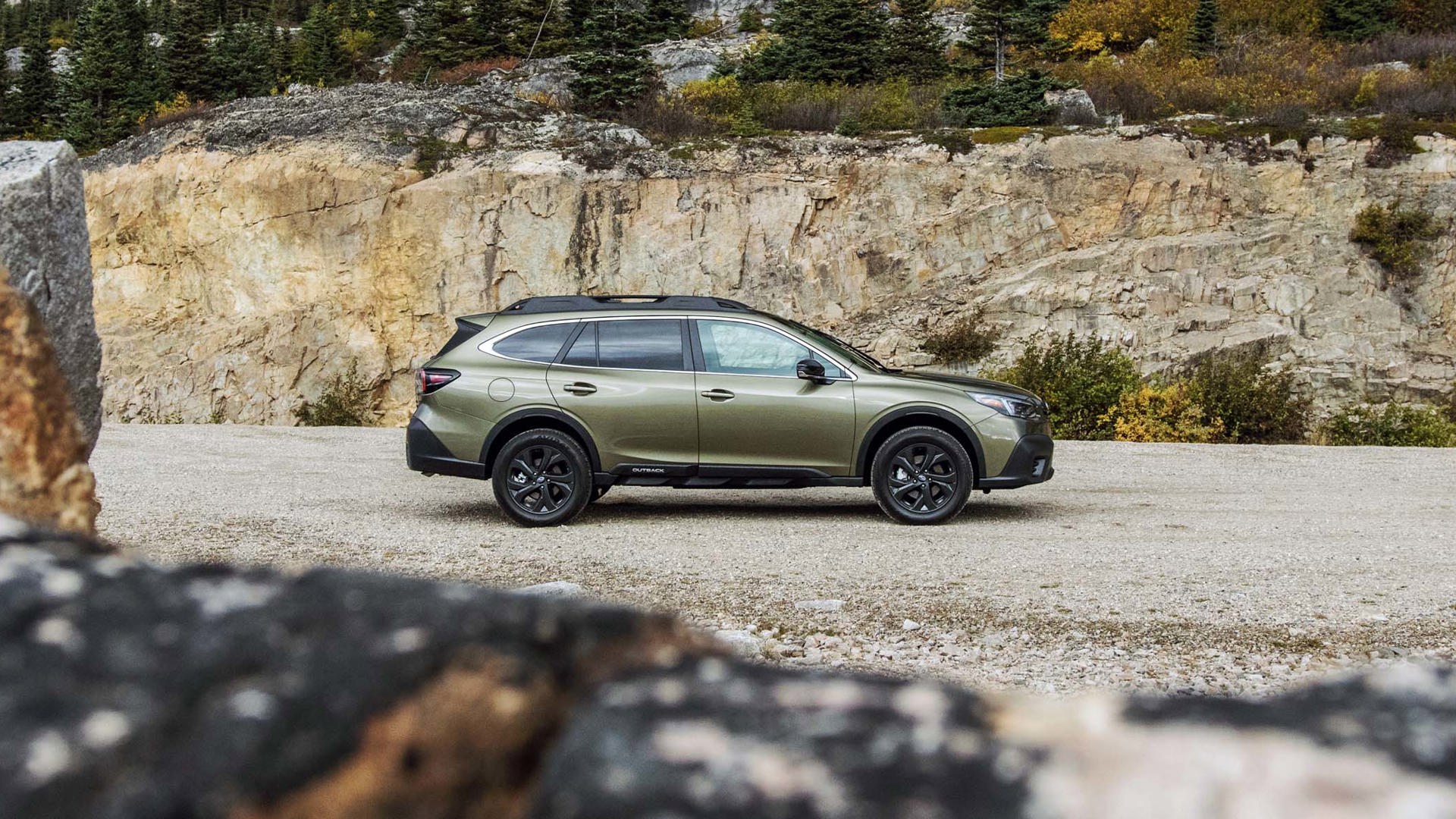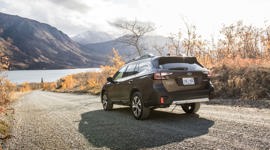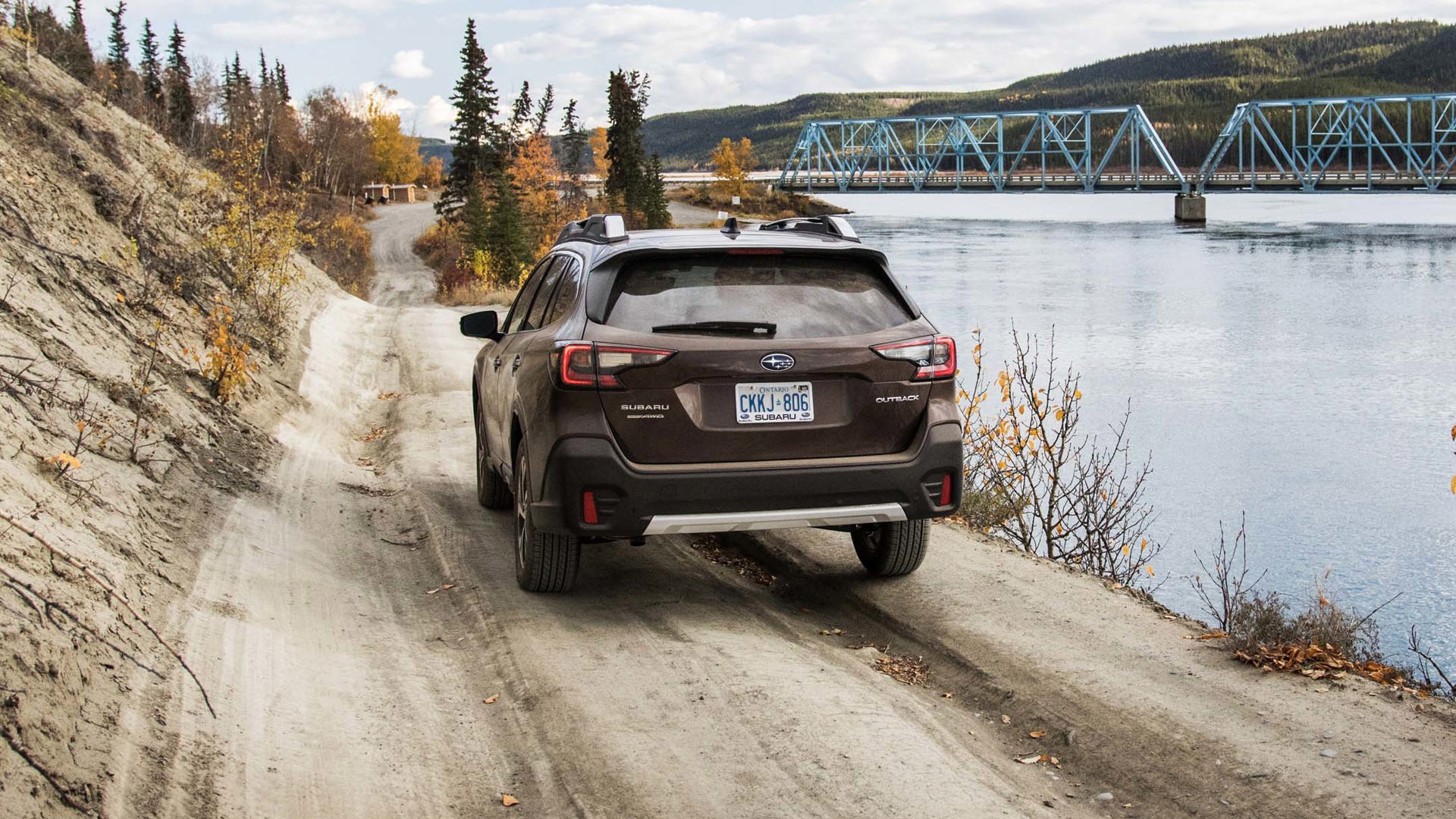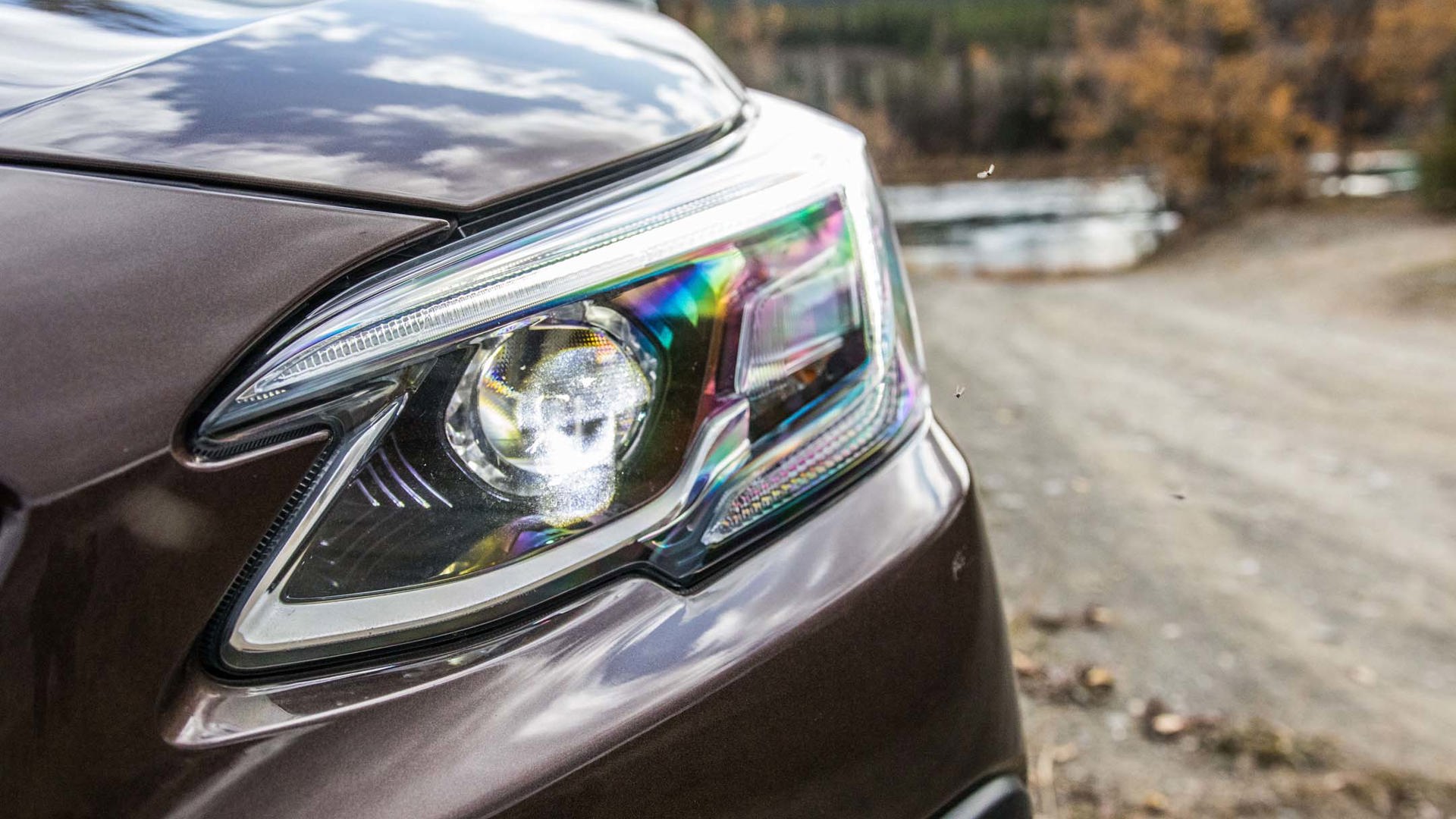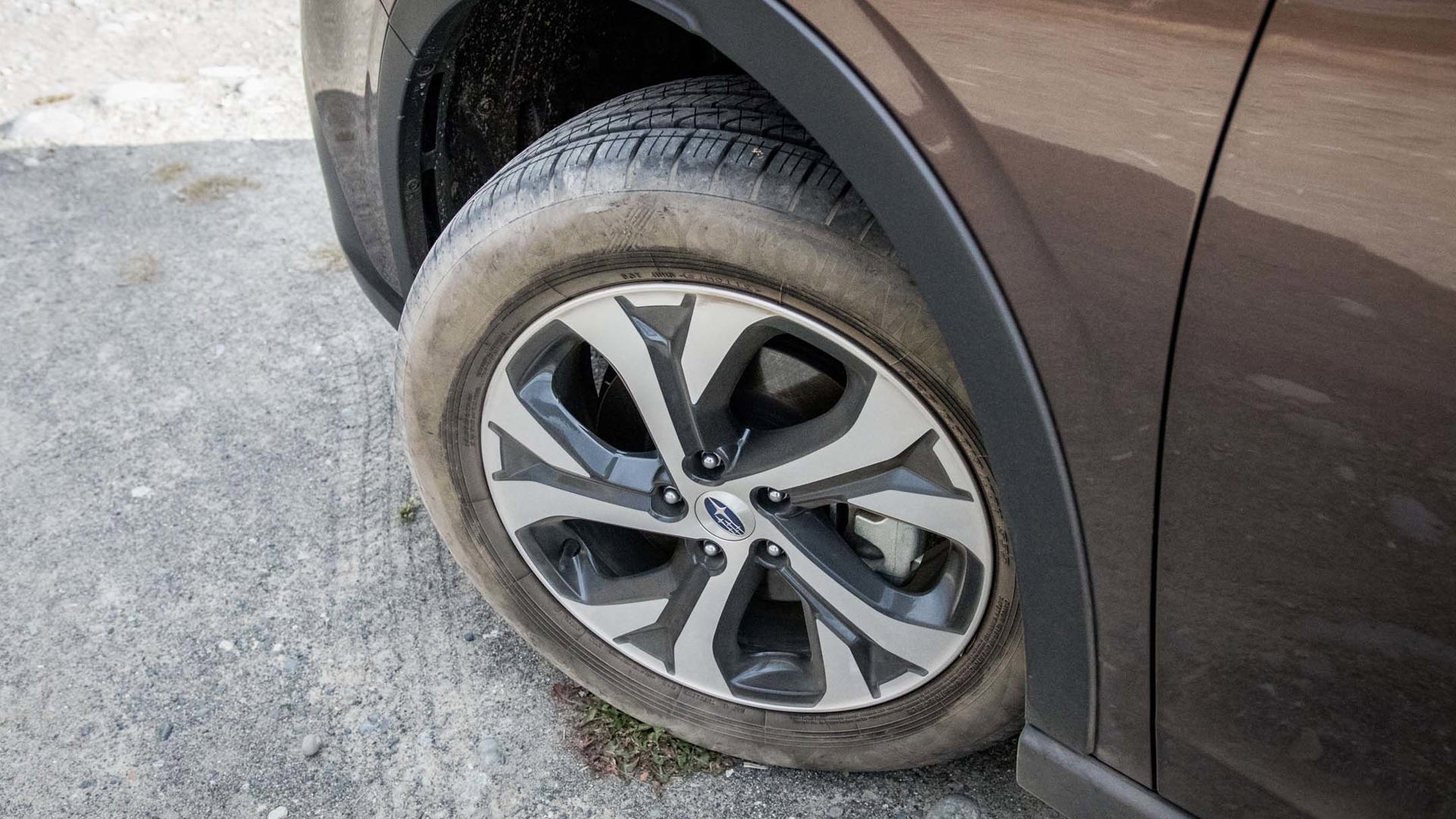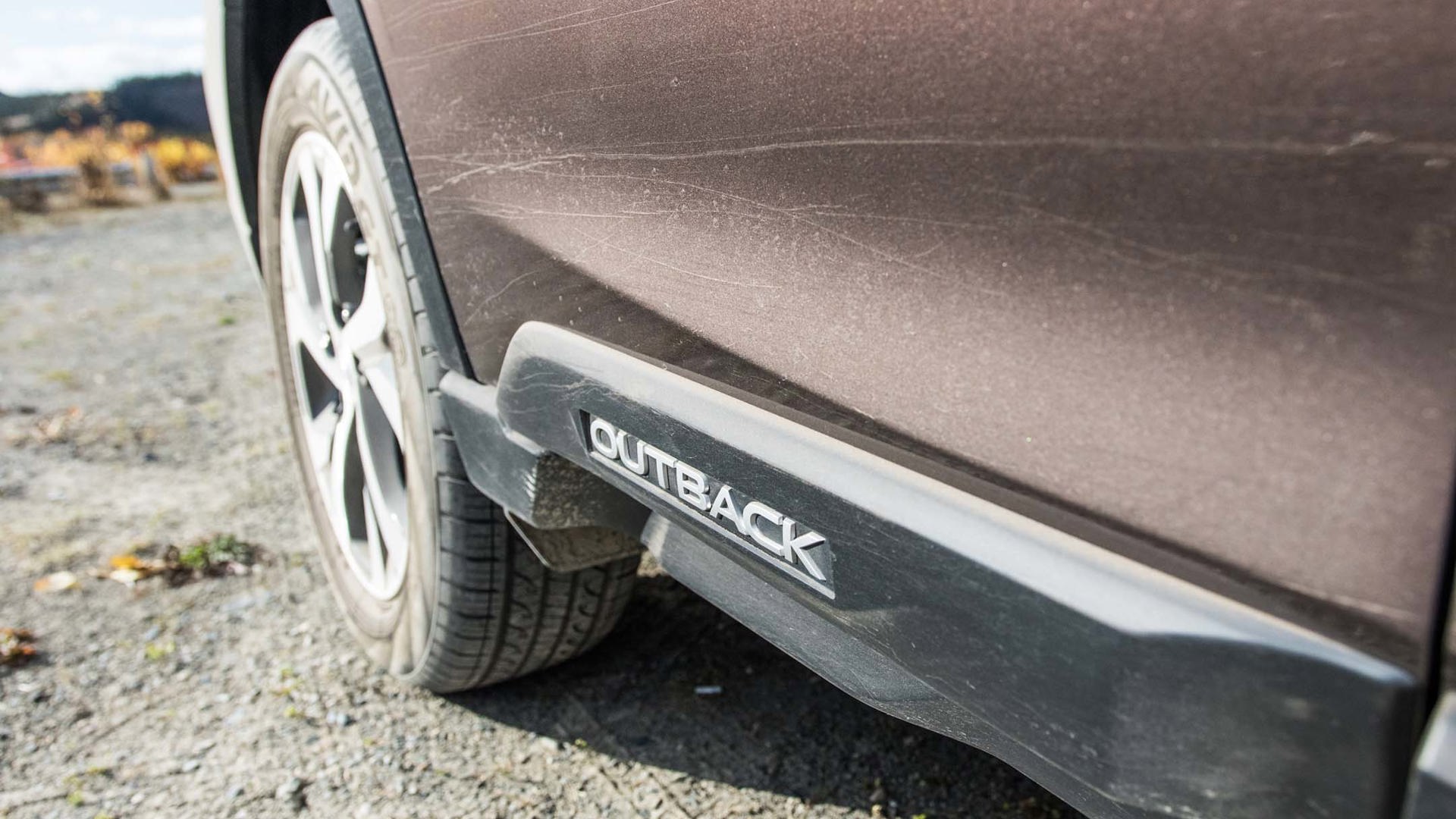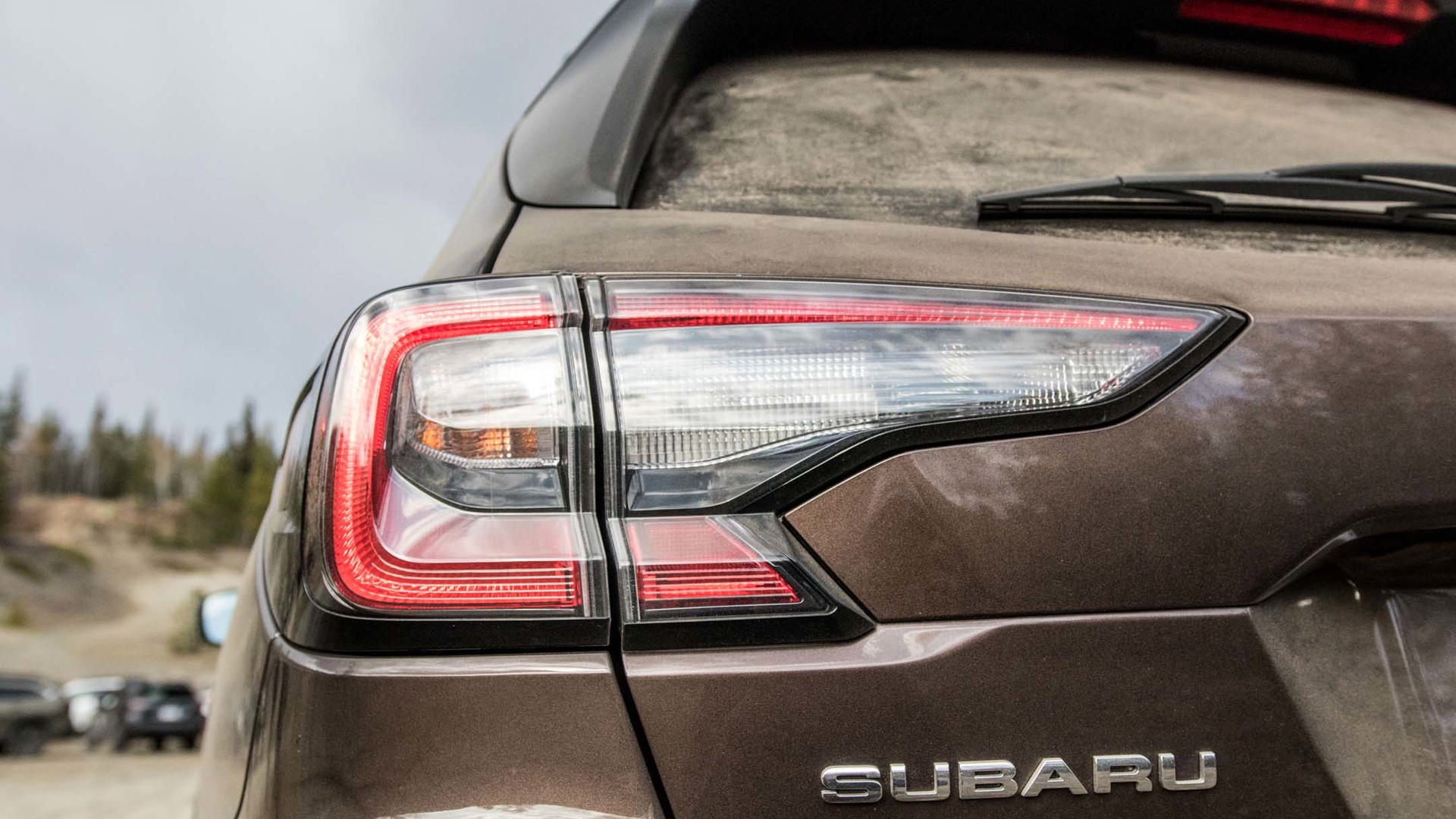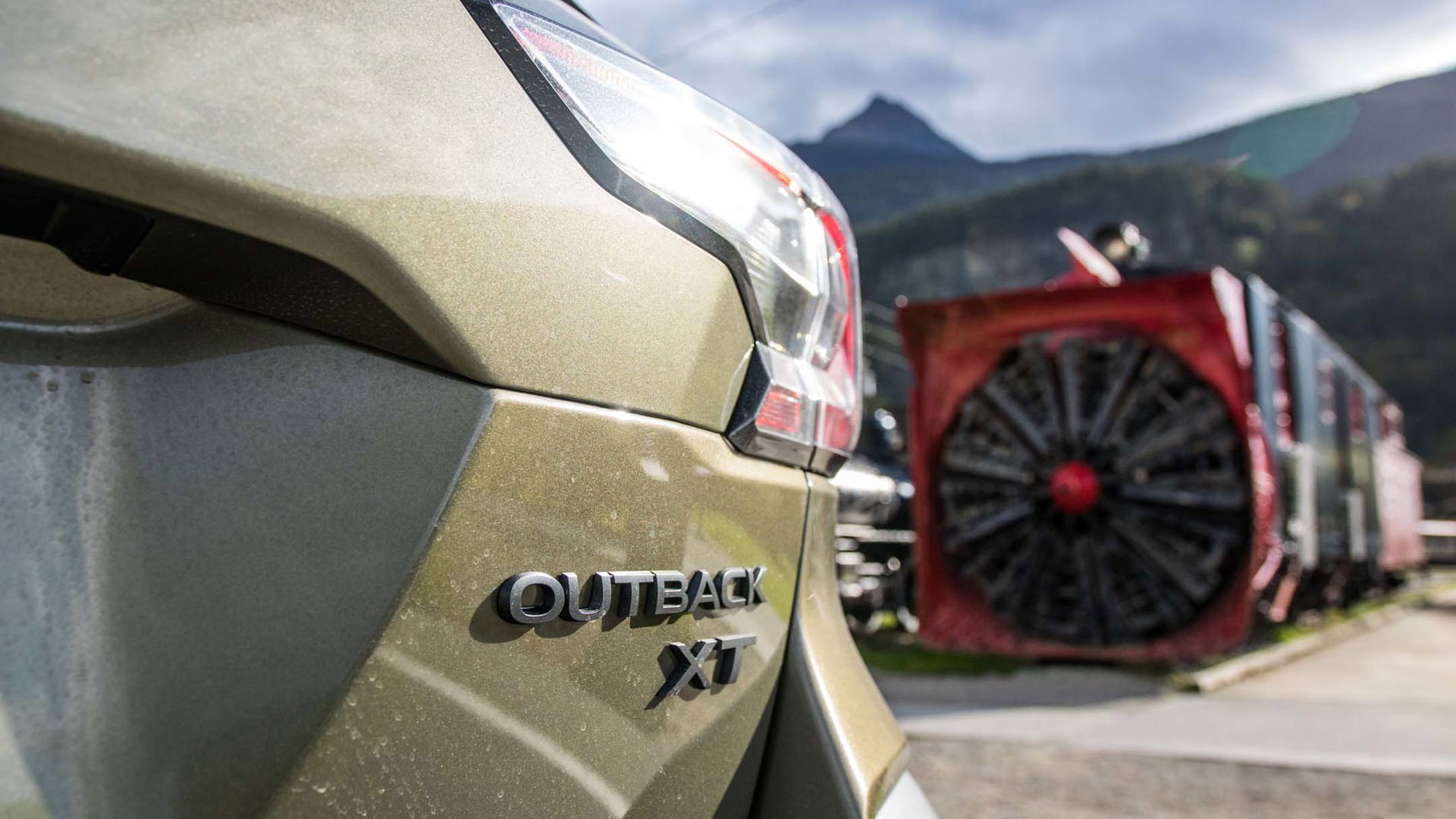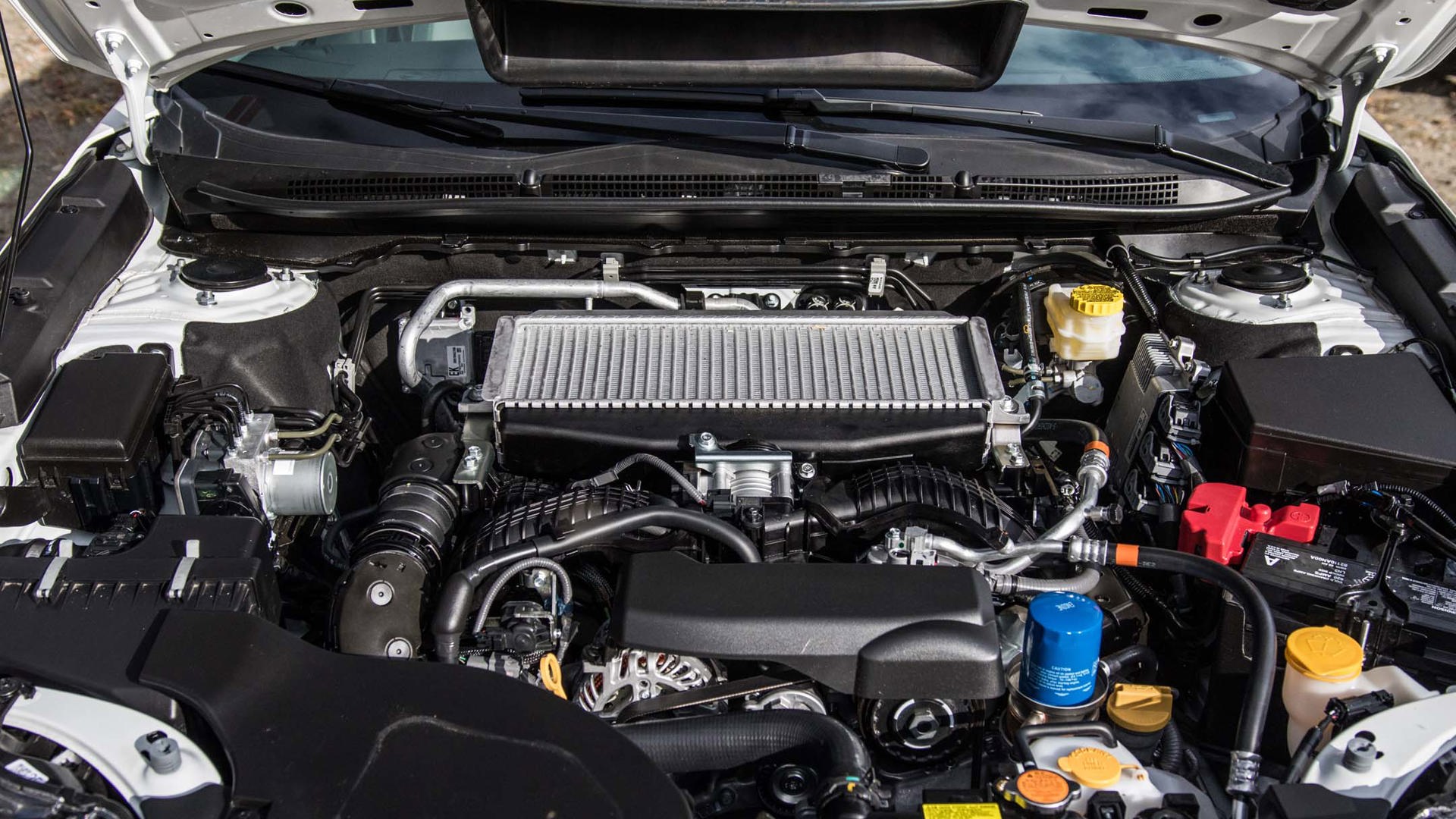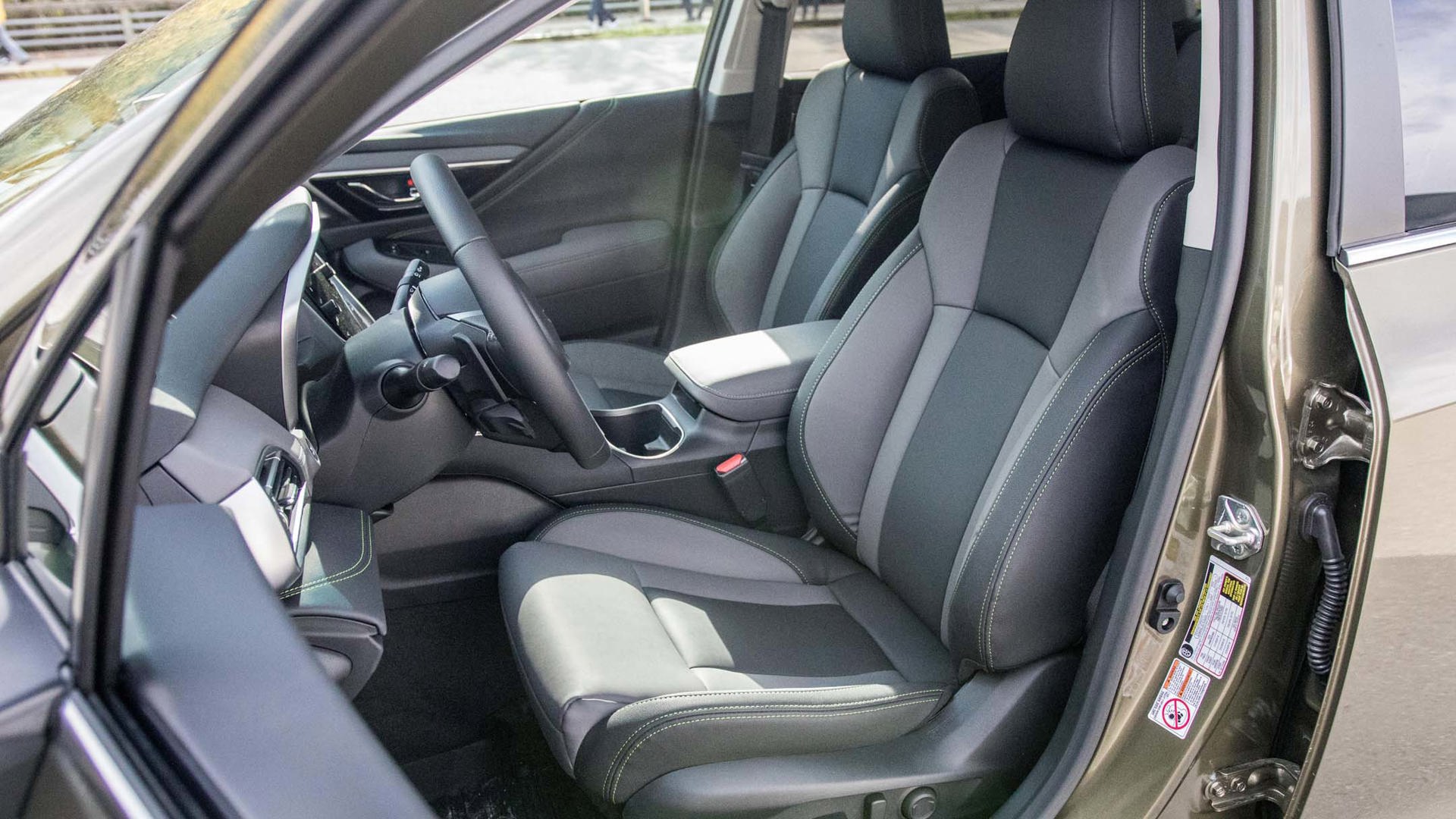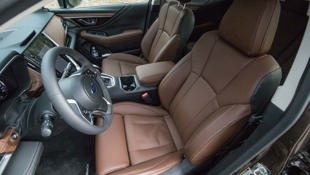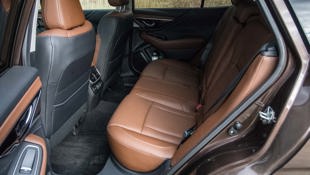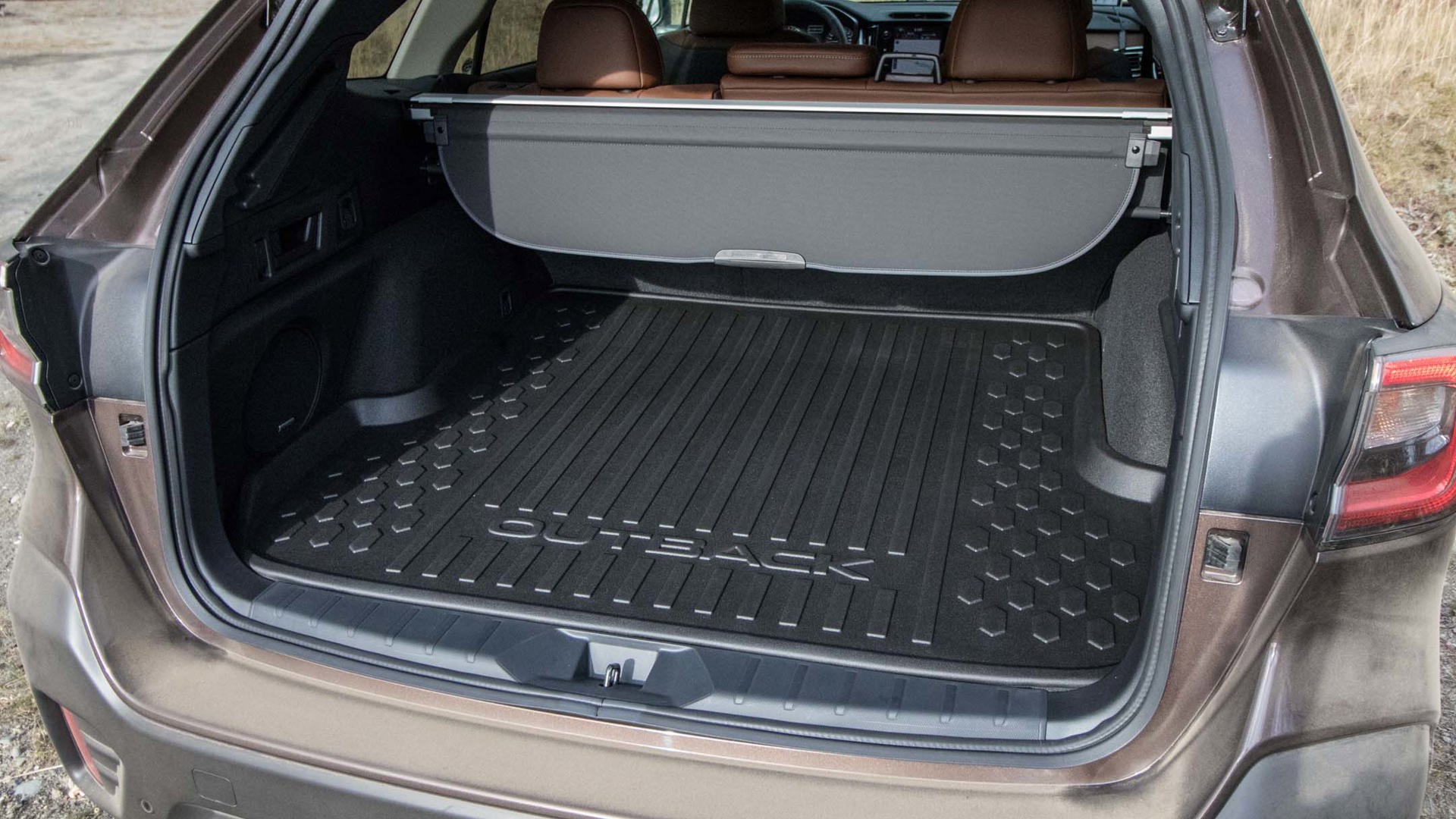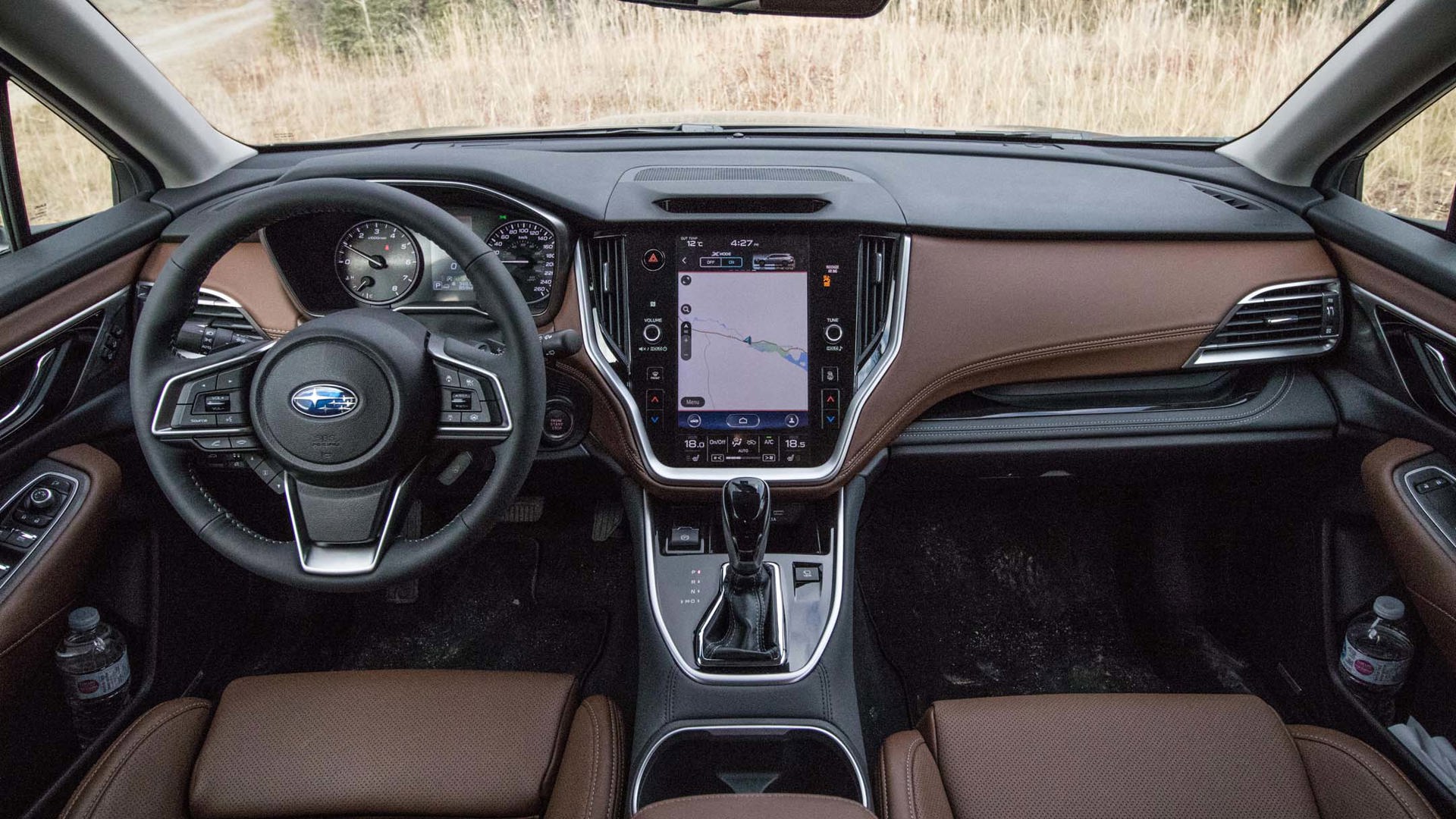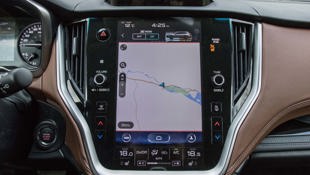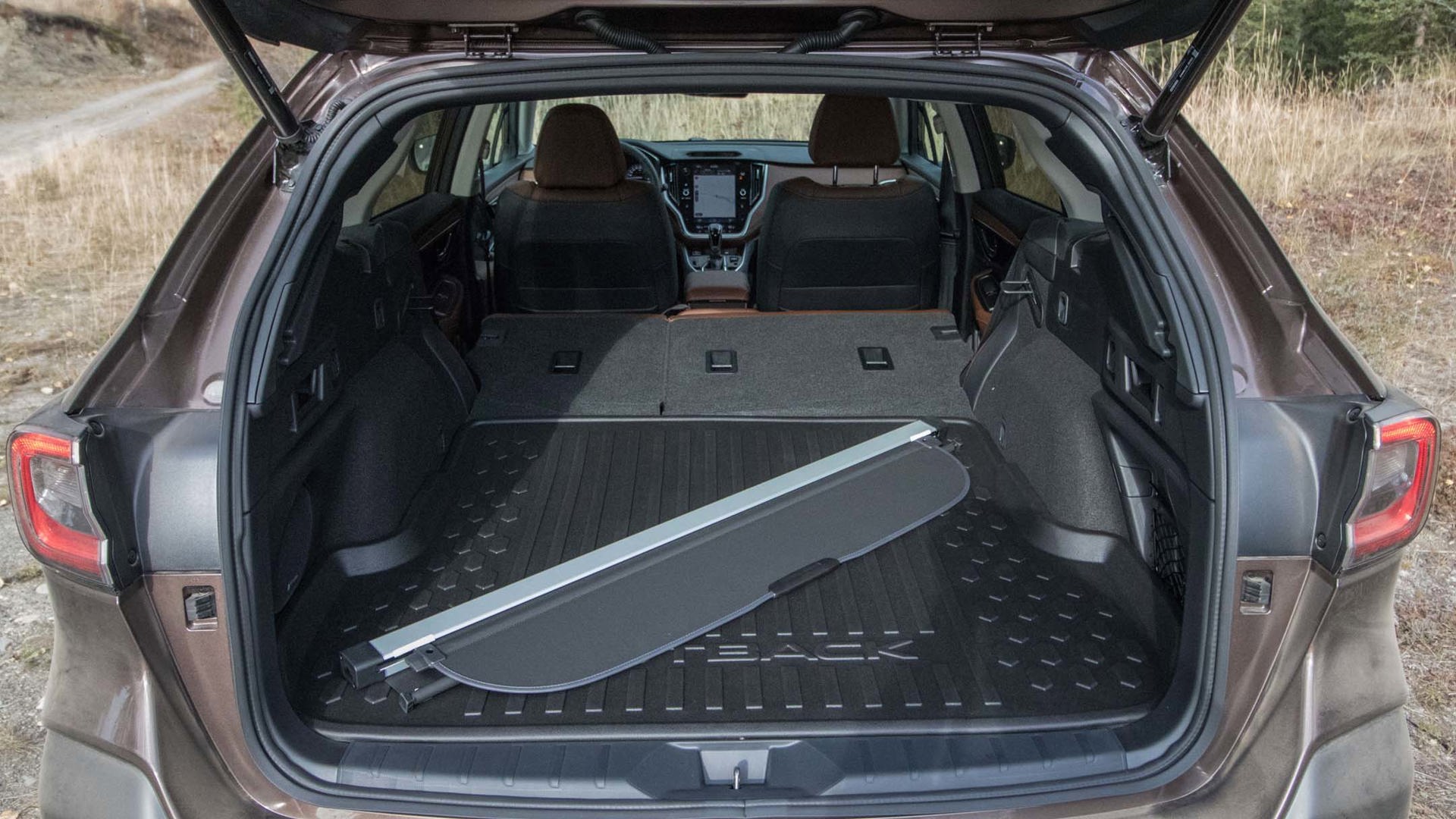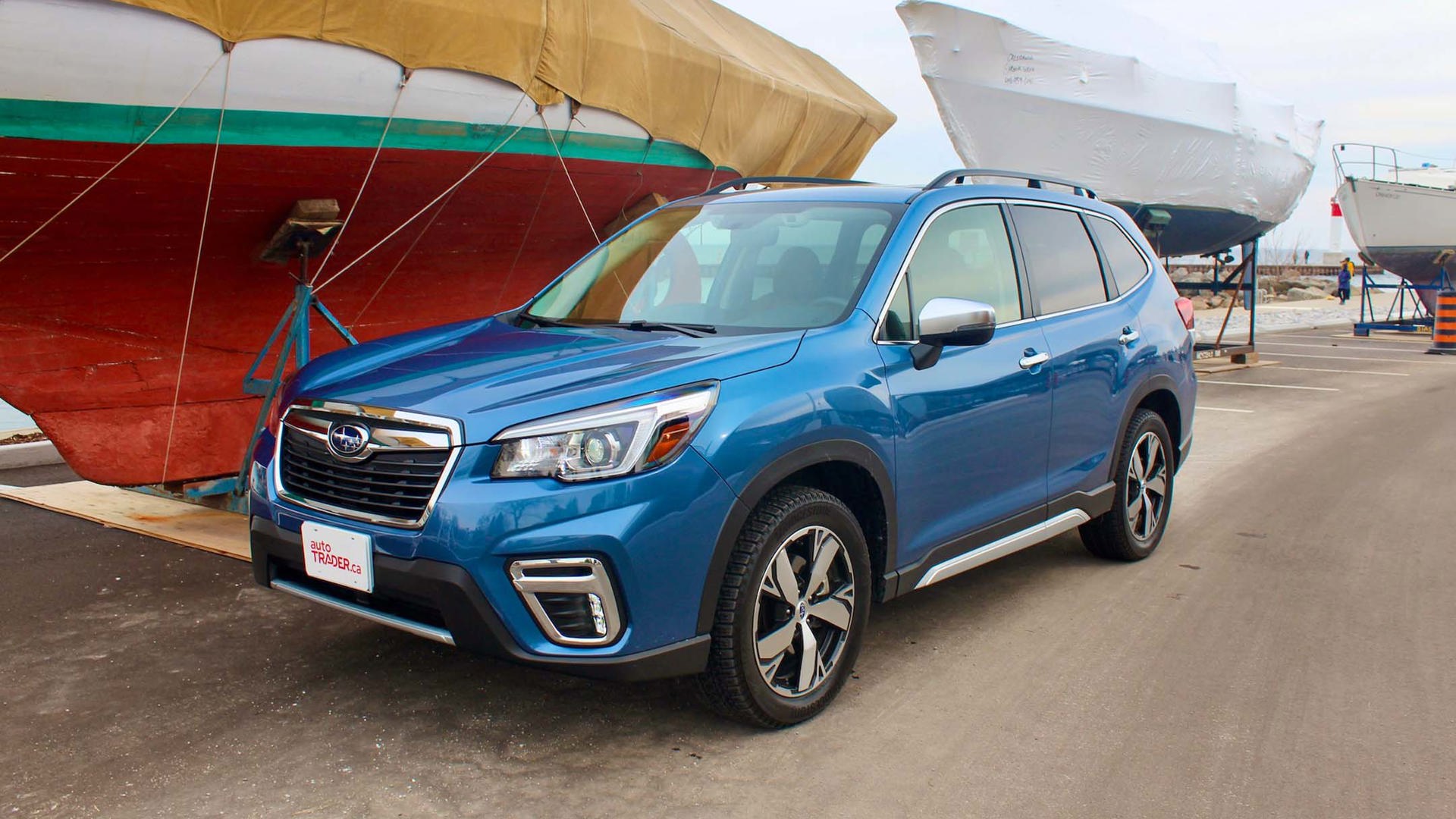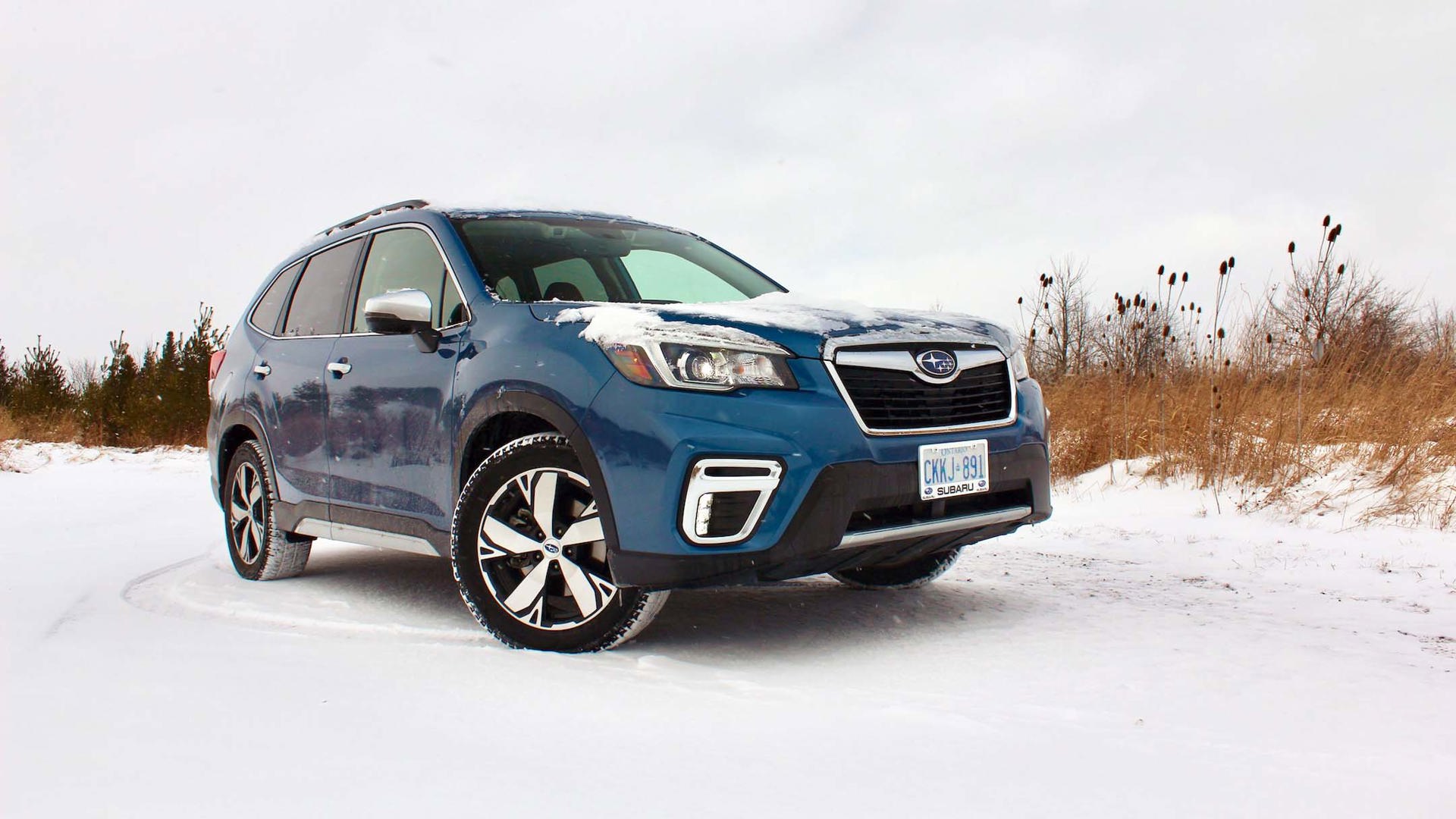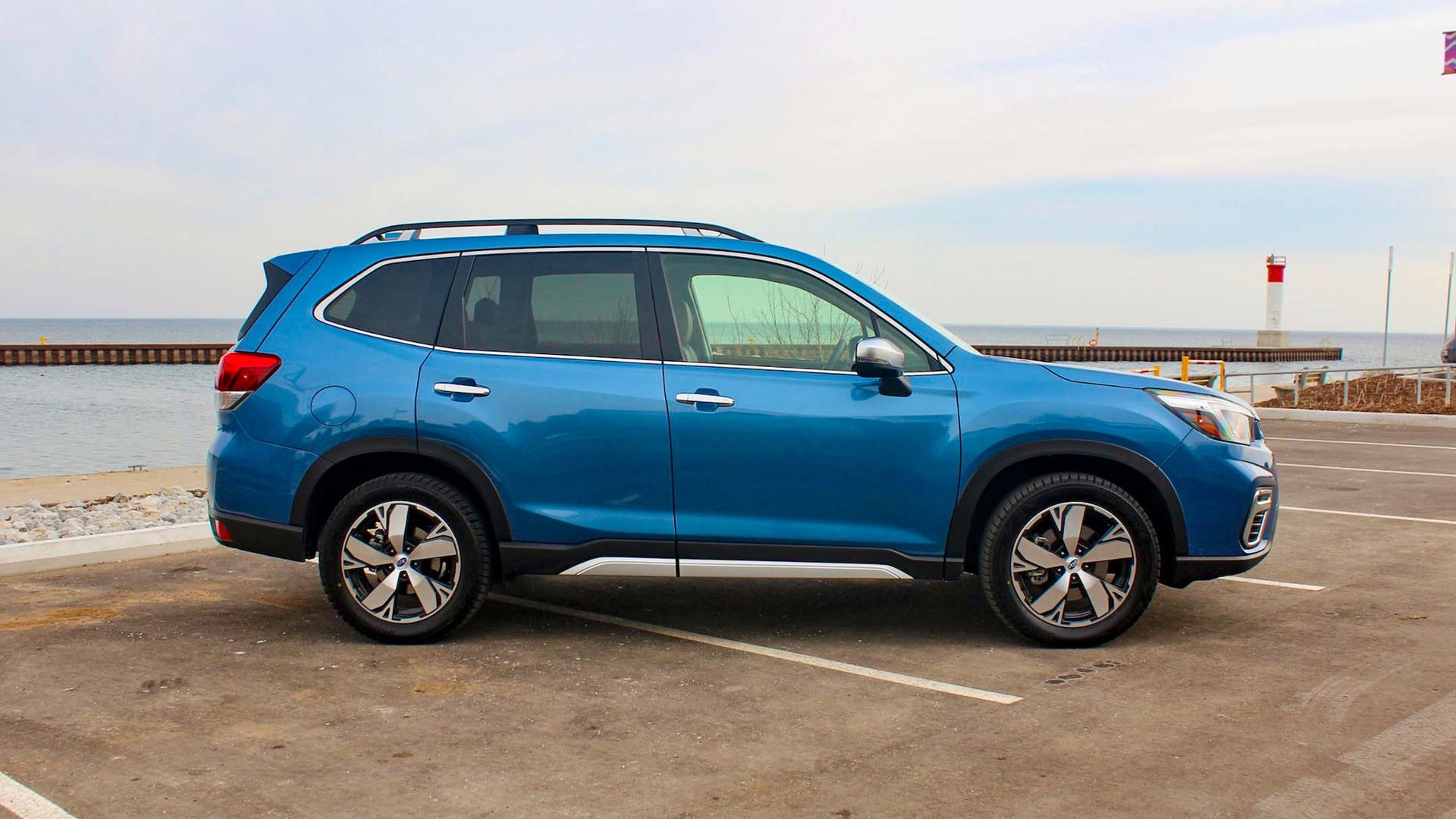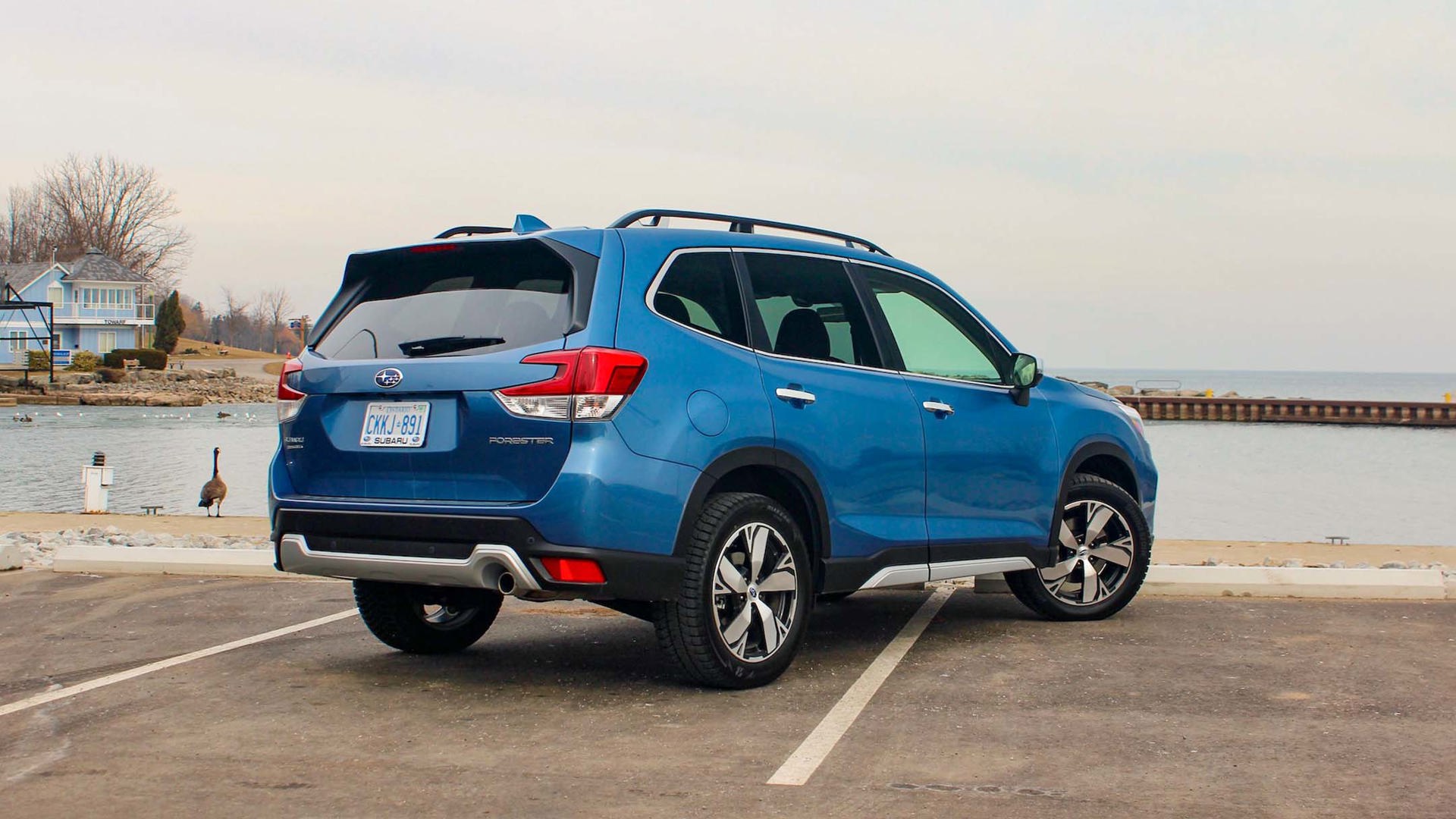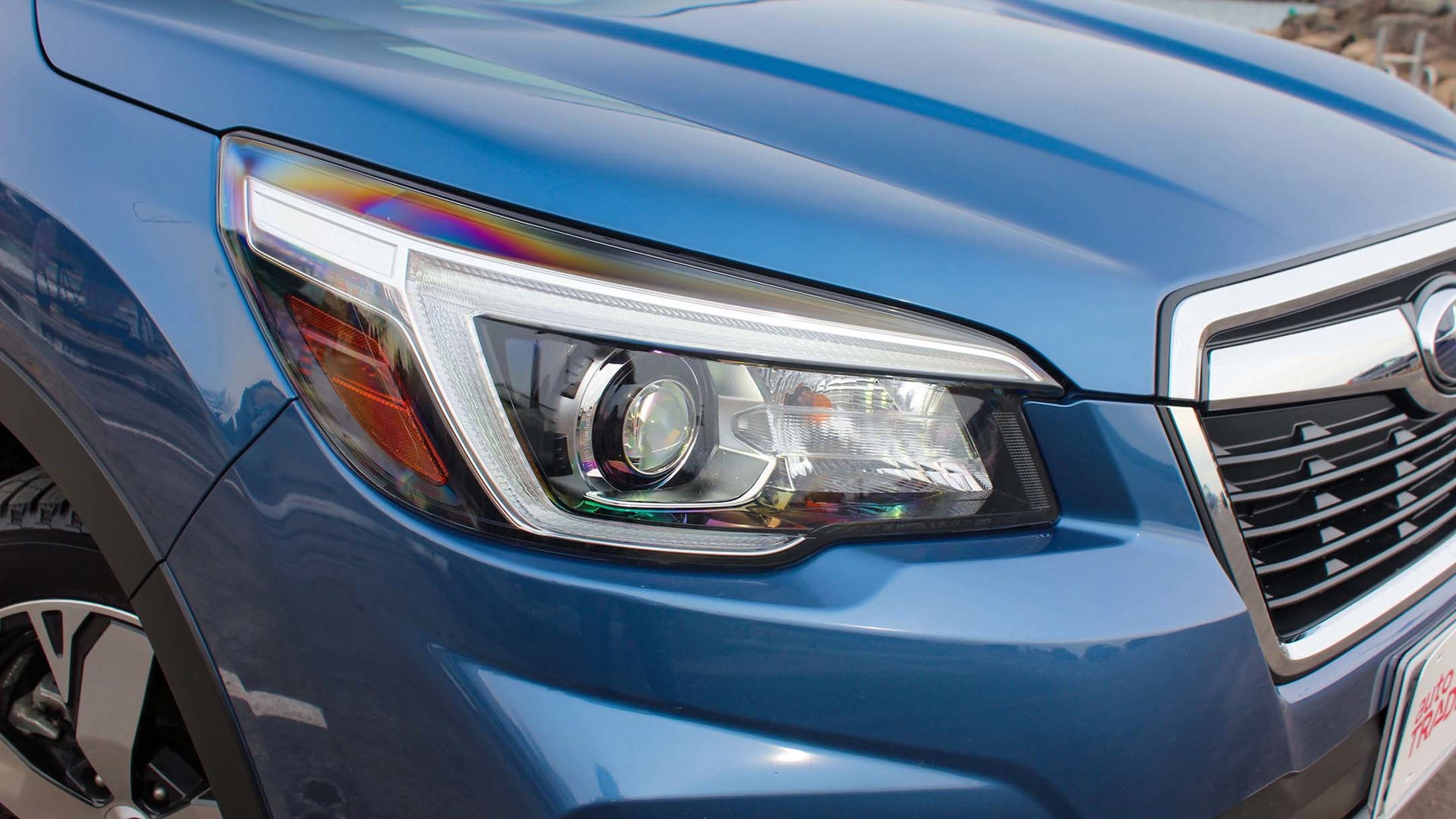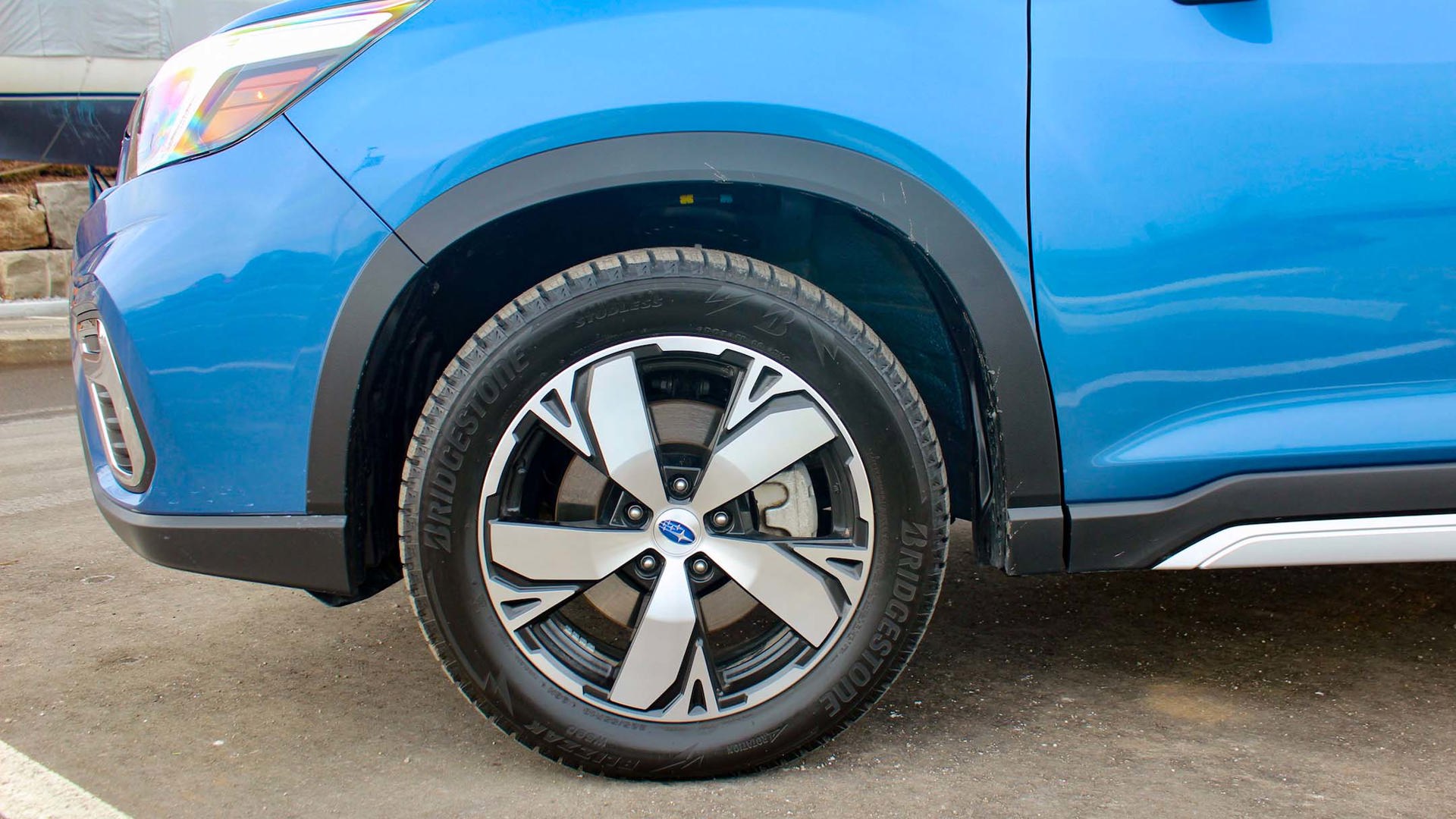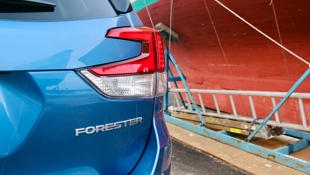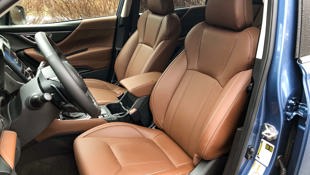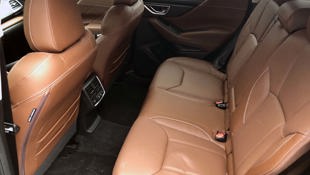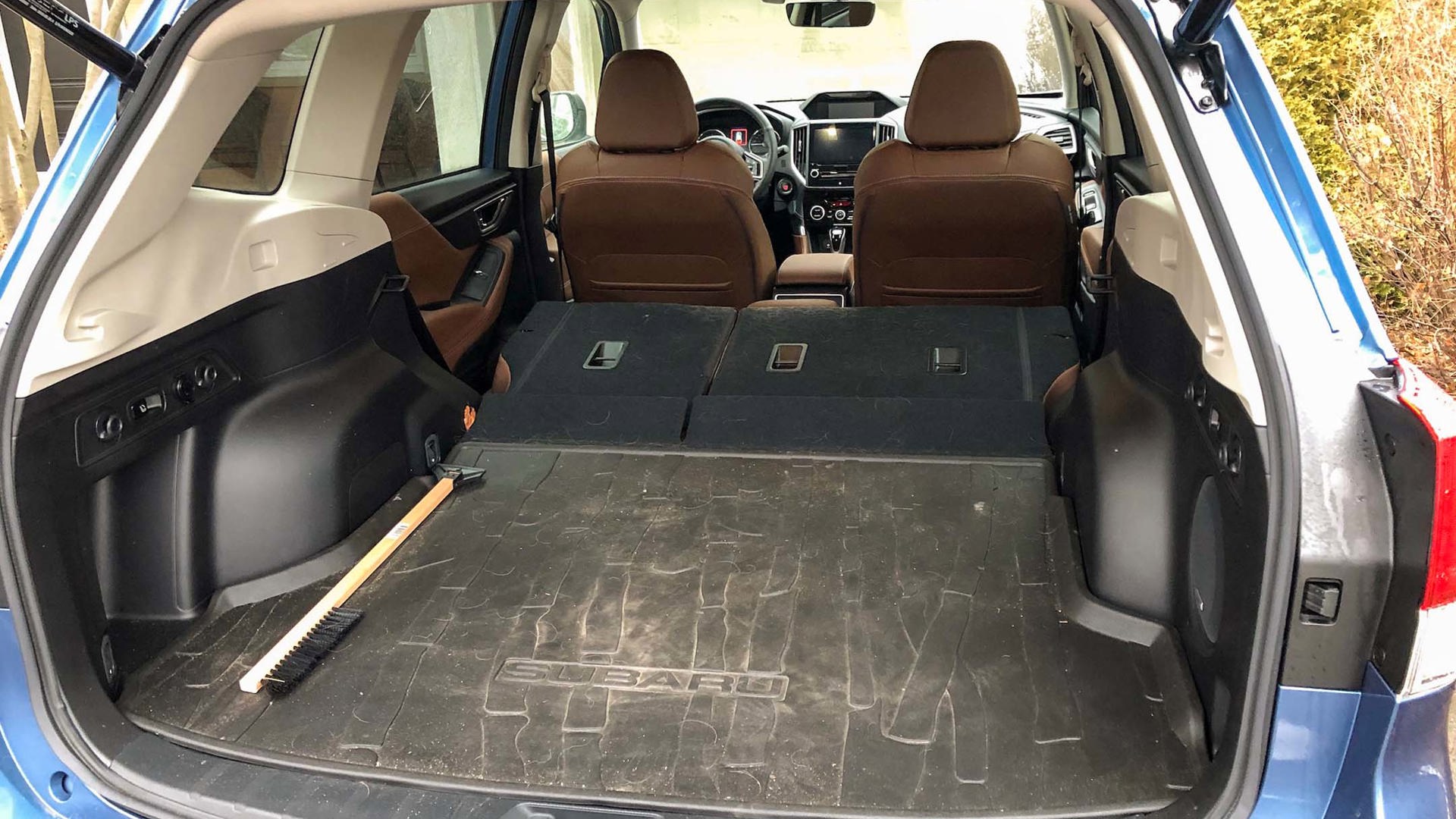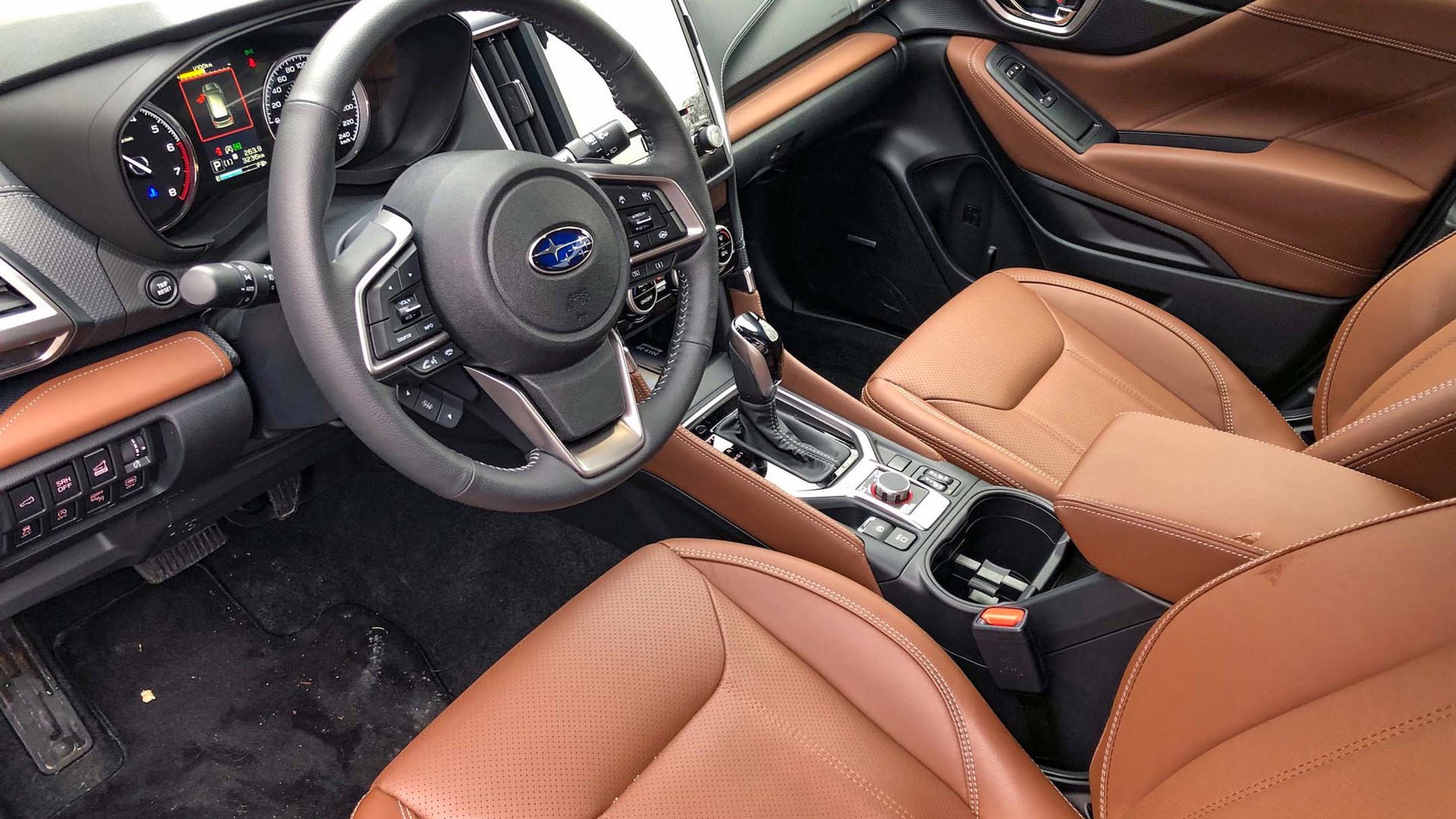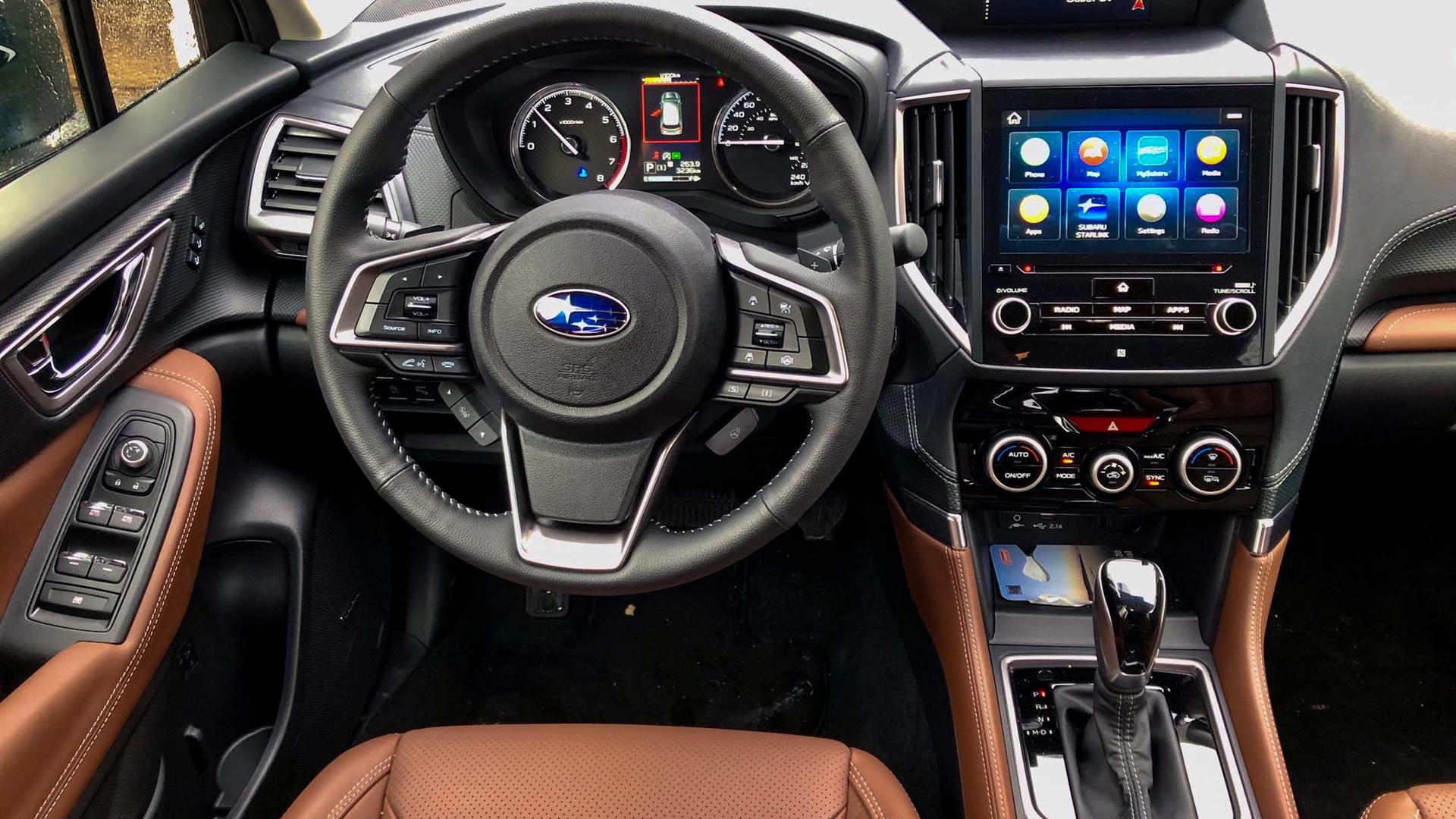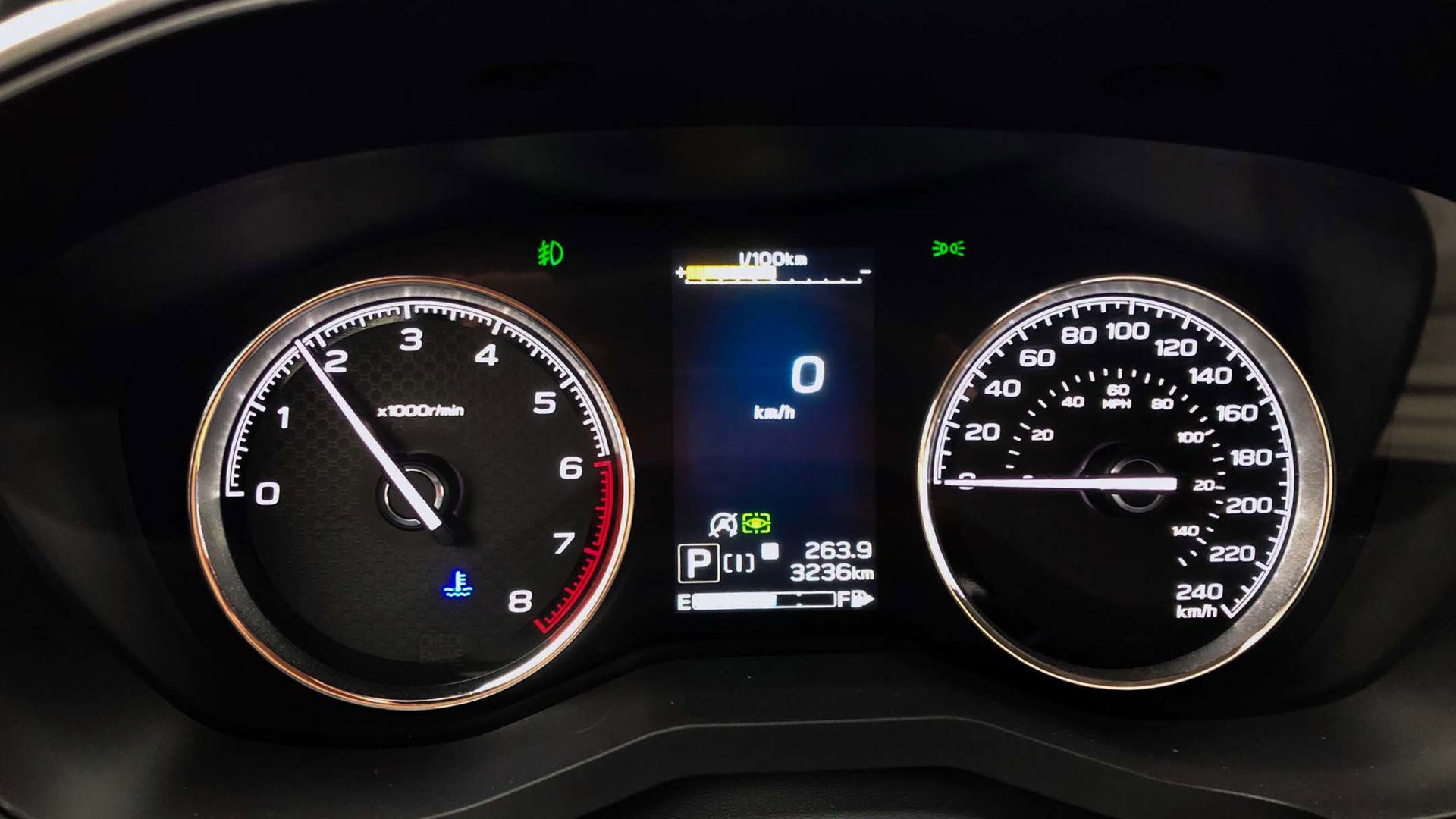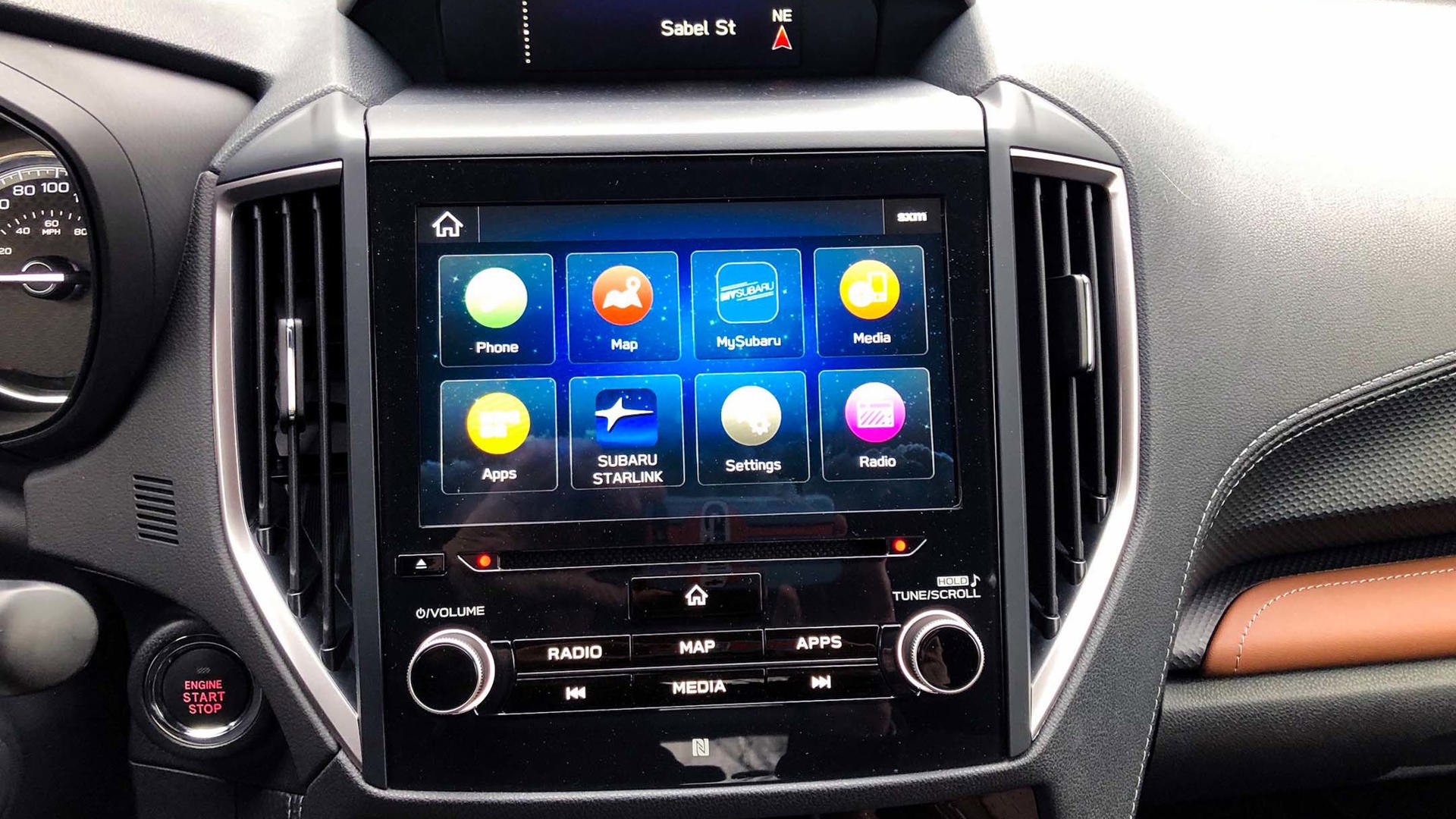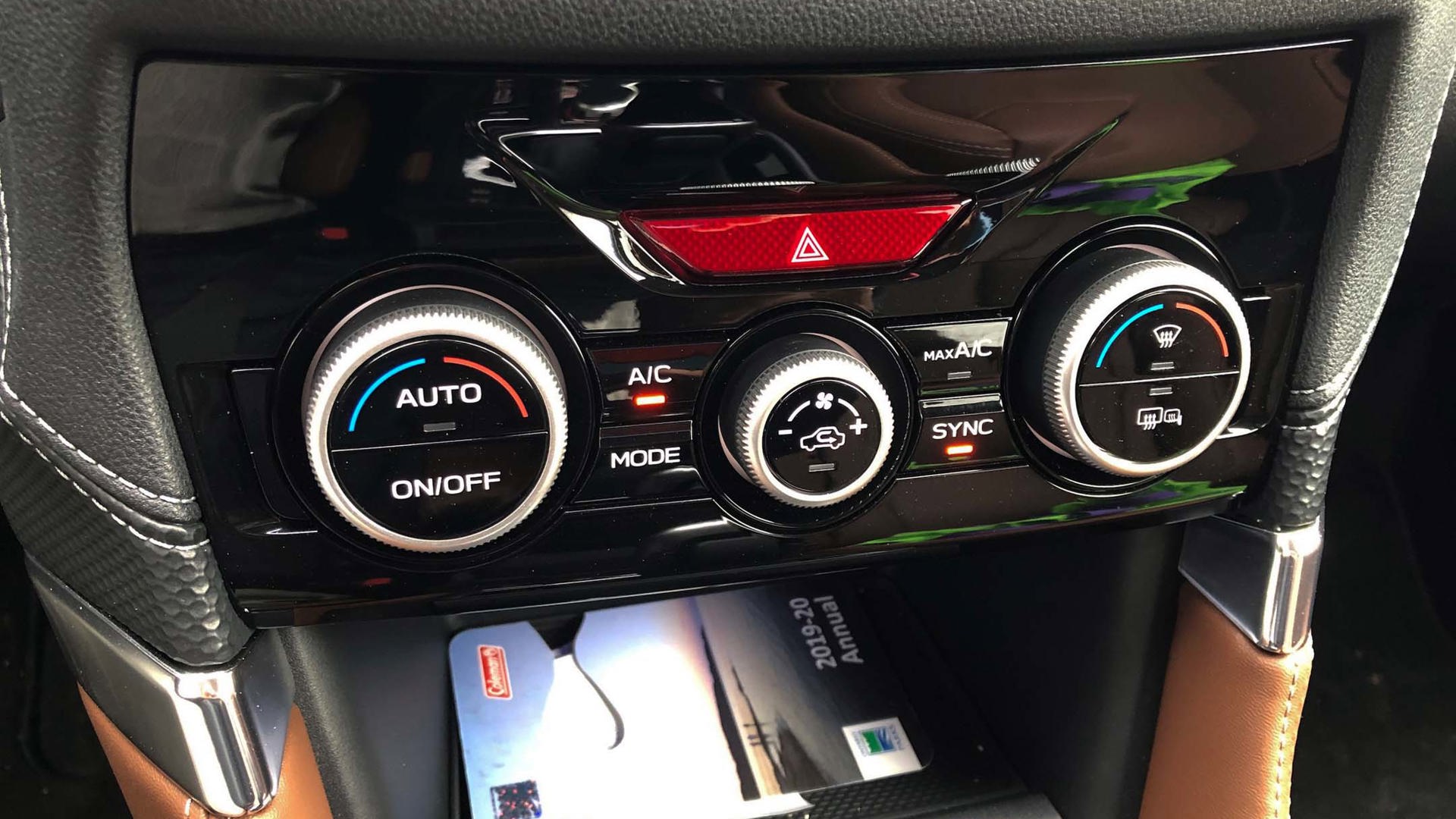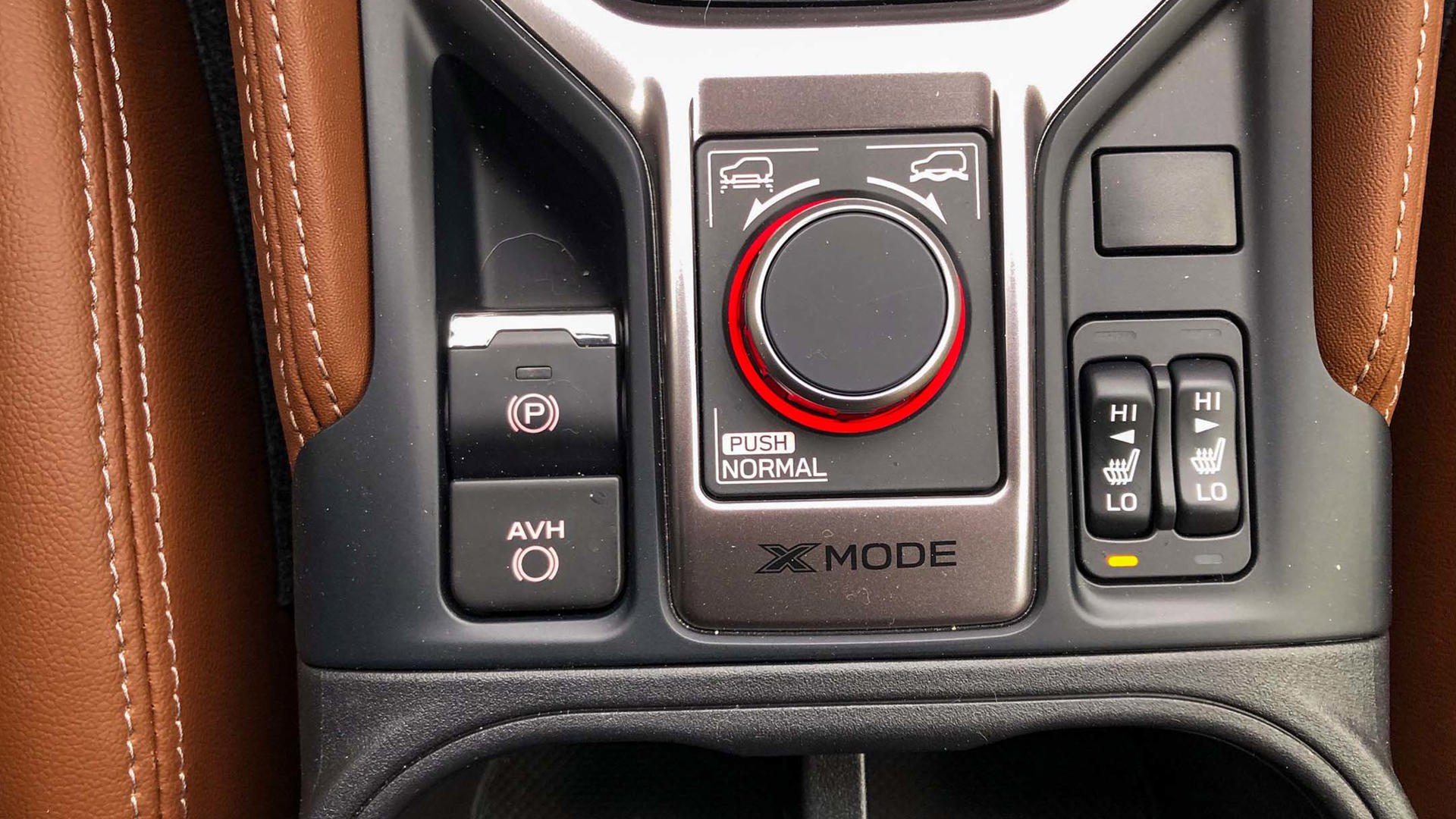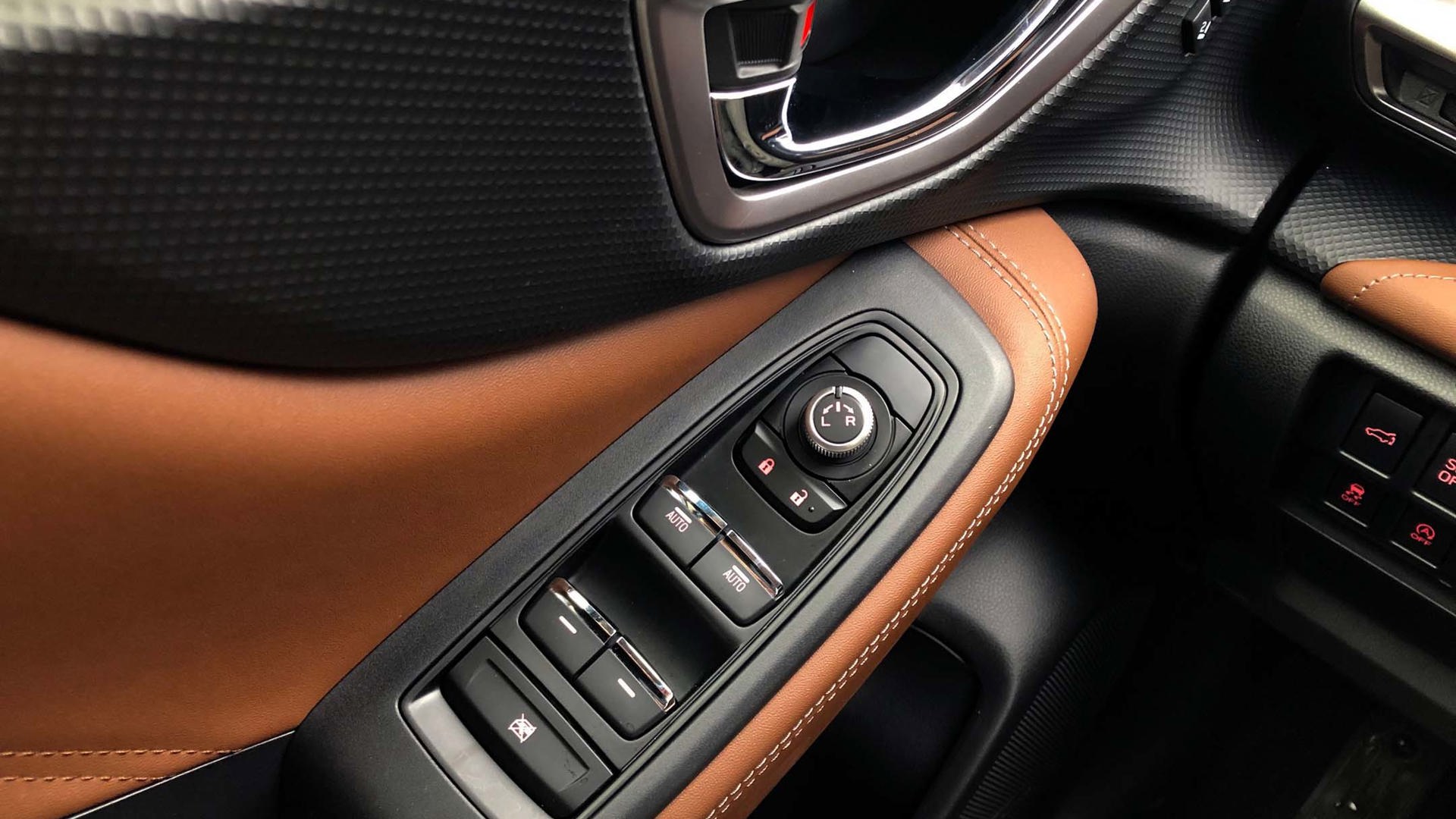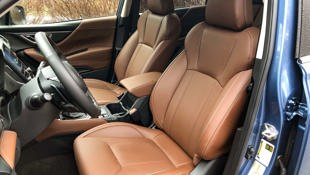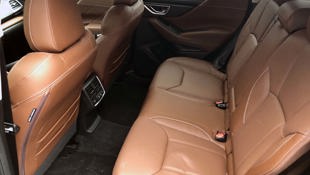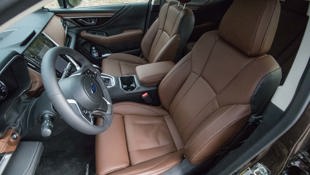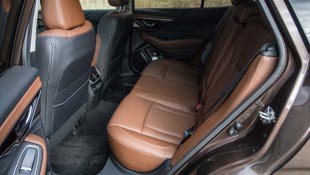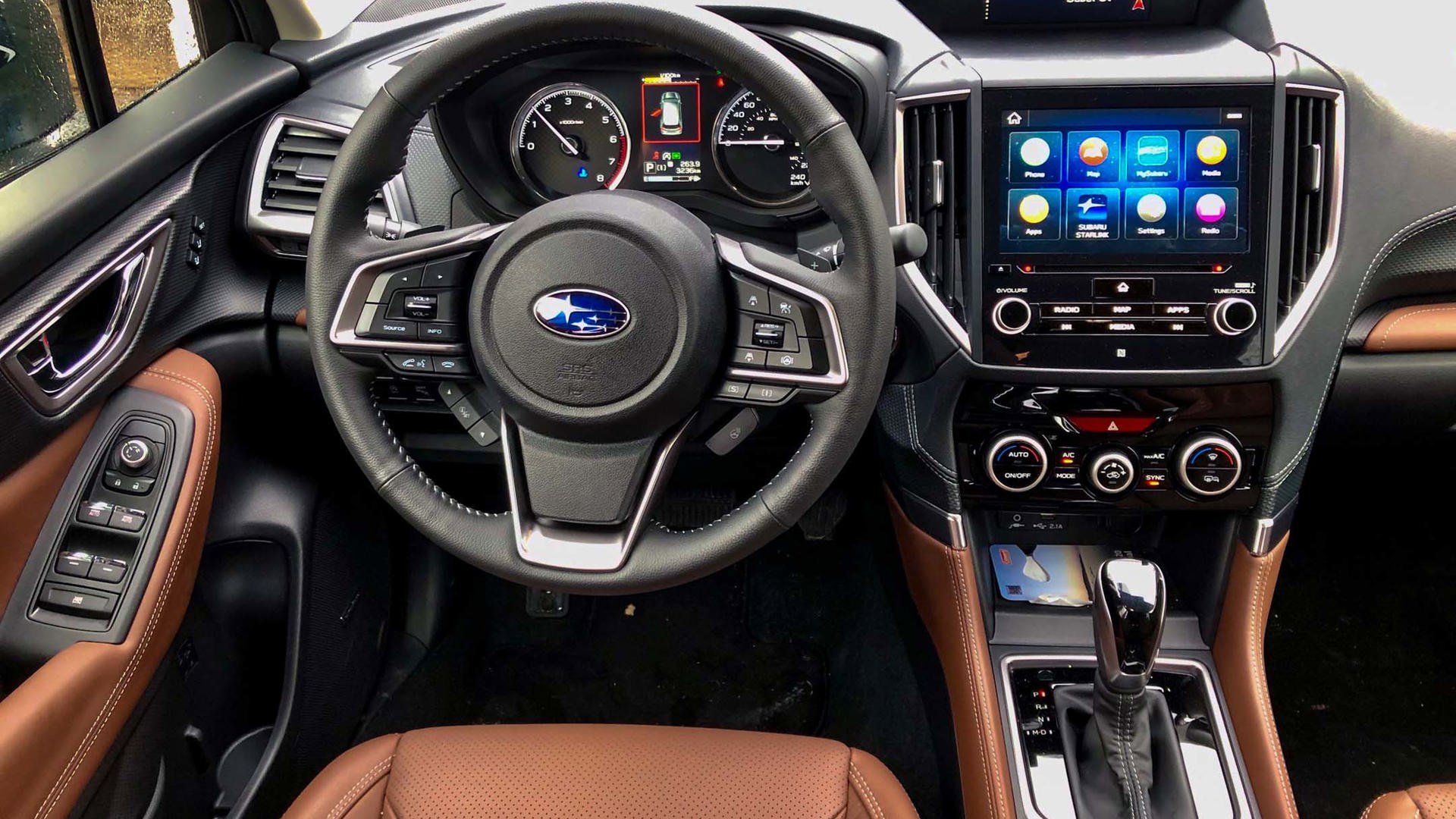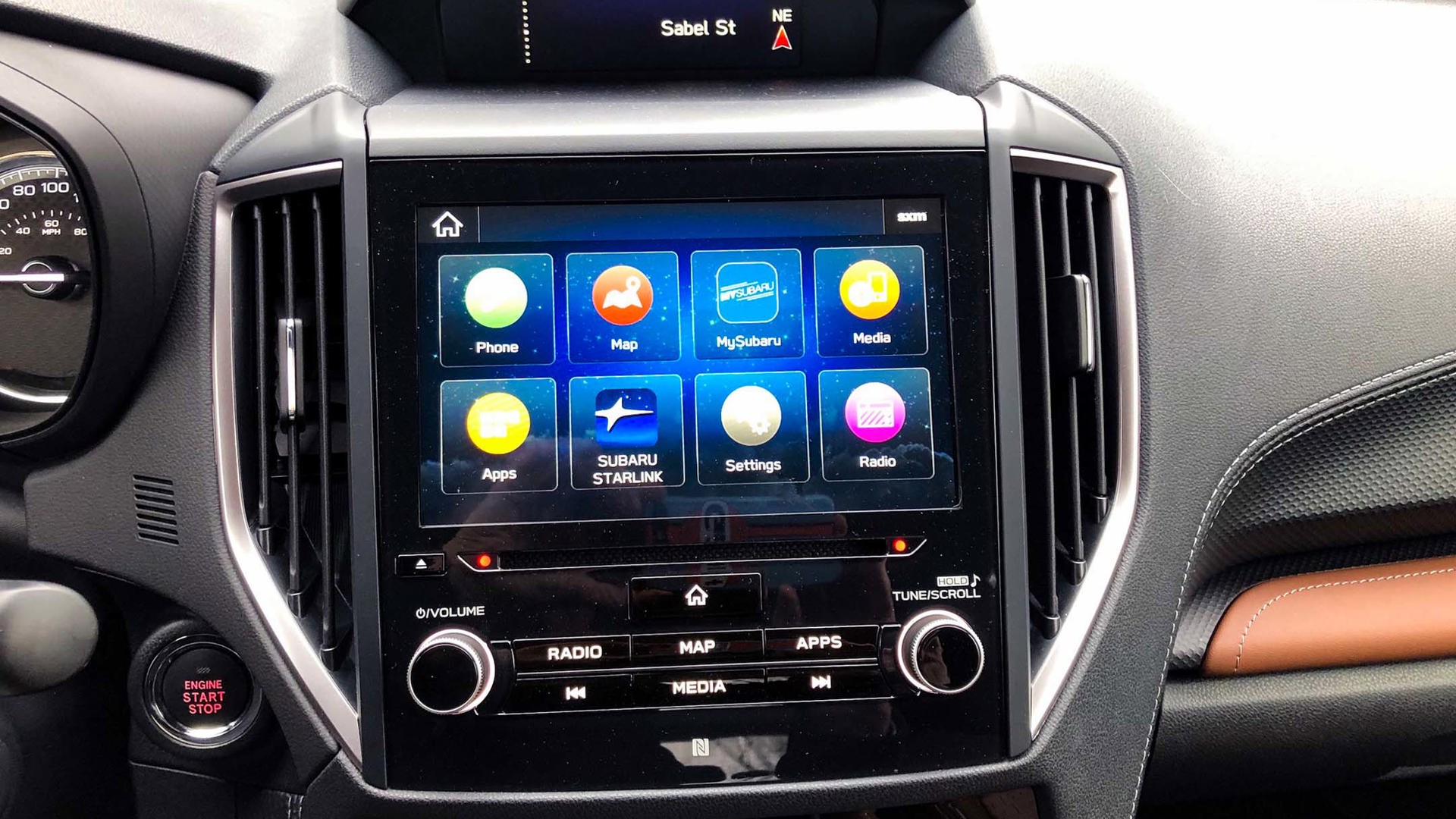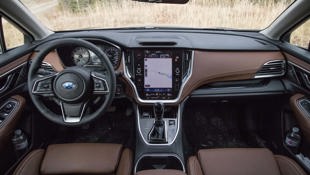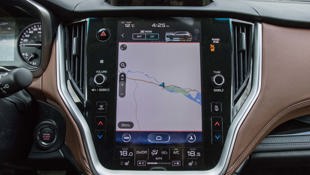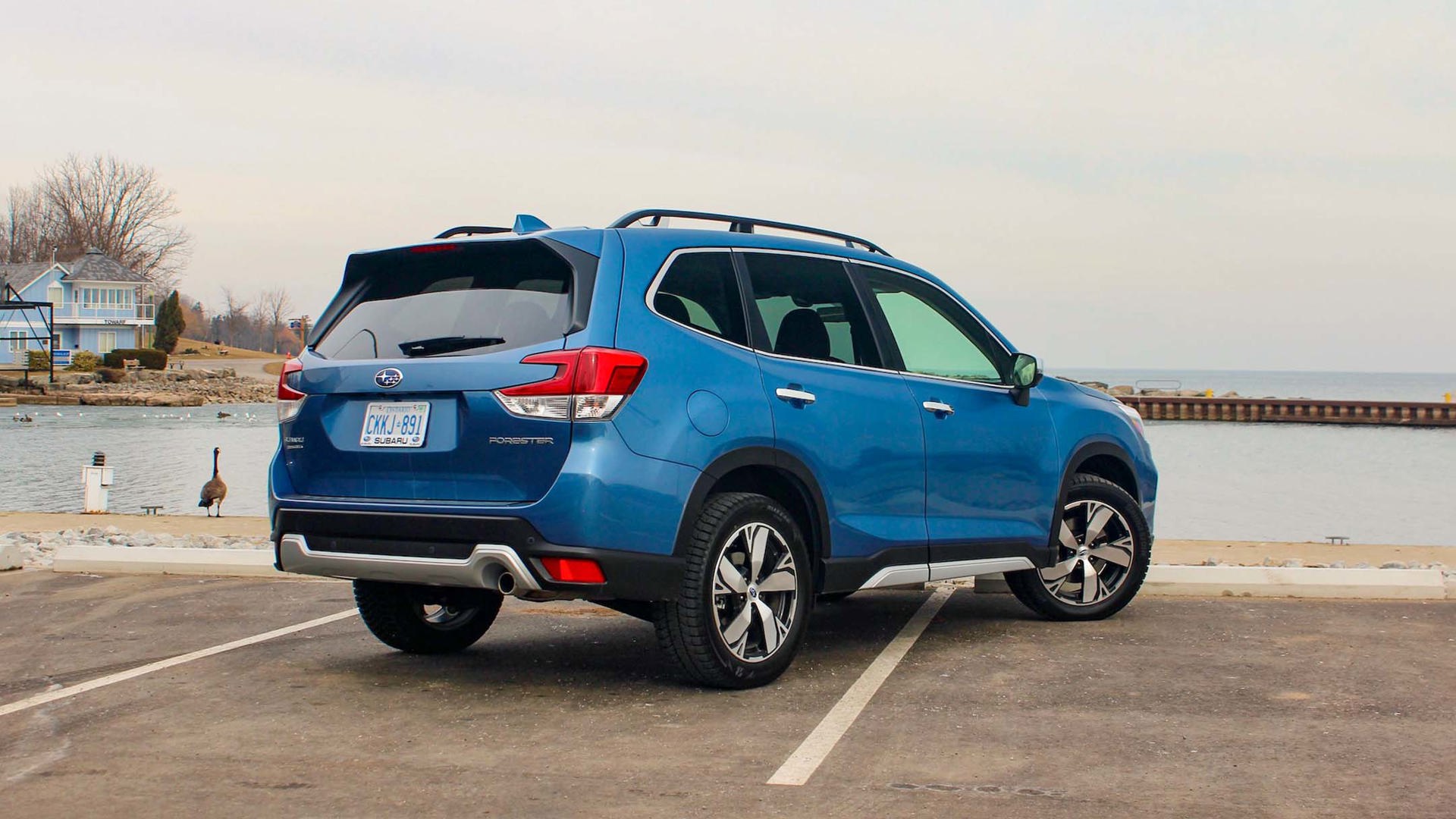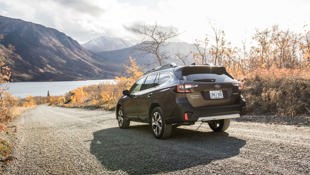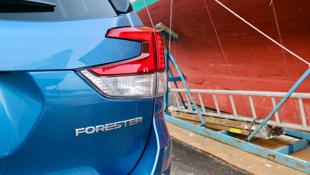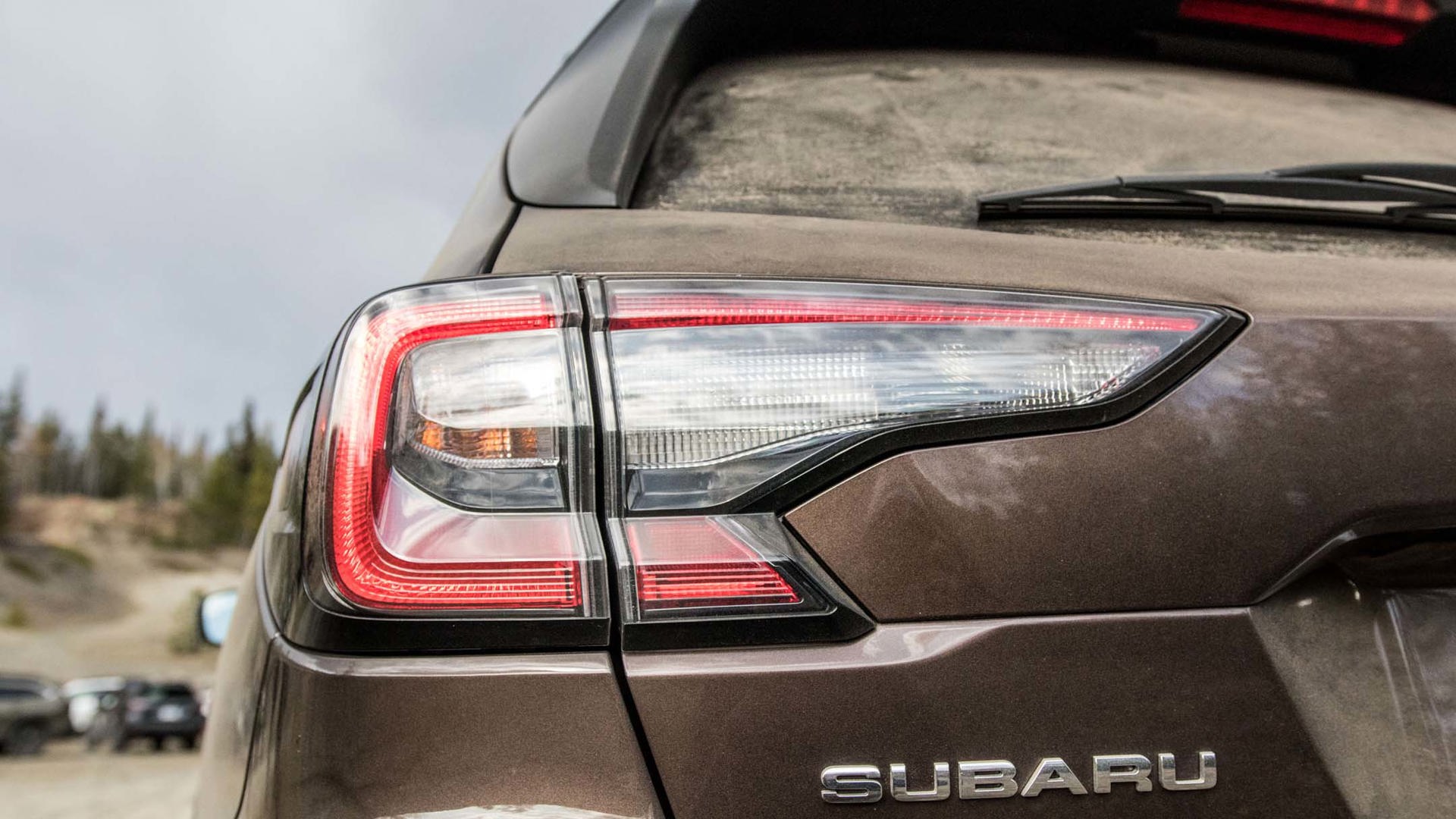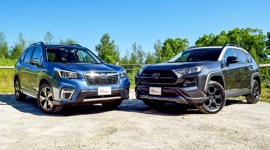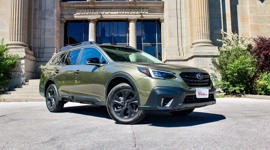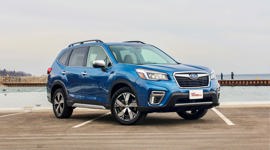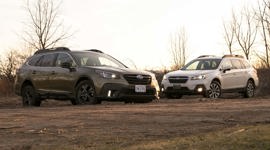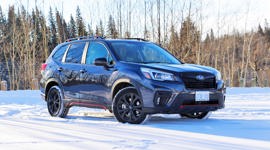When it comes to Subaru’s similarly sized siblings, the Outback and Forester have been the brand’s bread-and-butter models for some time now. In fact, the pair combined for about 24,000 of the more than 57,000 Subarus sold in Canada last year.
For the 2020 model year, the brand has given the Outback a rethink, adding standard EyeSight safety technology and new trims to go along with an evolutionary redesign. Now built on the Subaru Global Platform, it is stiffer and safer than the old model. It’s also available with a turbocharged engine for the first time since 2009.
The boxy Forester received attention from its corporate overlords last year, finding itself the recipient of a spruced-up design in addition to its longer wheelbase and newfound cargo room. There’s more space for passengers than in the old version too, and the fifth-generation Forester earned a coveted Top Safety Pick+ award from the Insurance Institute for Highway Safety (IIHS).
Both the Outback and Forester have standard all-wheel drive and, at least to the untrained eye, seem similar in mission. And that’s why the experts at autoTRADER.ca are here to help.
Capability
Outback
Let’s start with capability, since Subaru has built its brand on the beauty of all-wheel drive. For 2020, all Outback models get the same 220 mm of ground clearance afforded to all Subaru SUVs, a measure that outstrips many competitors. Approach and departure angles of 18.6 and 21.7 degrees respectively also best more than a few crossovers that advertise off-road pretensions. Turbocharged models can haul 1,588 kg (3,500 lb) – more than most similarly sized SUVs.
Forester
Like the rest of the Subaru SUV family, the Forester has 220 mm of ground clearance. Thanks to wheels that are pushed closer to its corners than the Outback, however, its approach and departure angles are better, coming in at 22.9 and 24.6 degrees respectively. This means the Forester can claw its way over taller snow banks and other obstacles than the Outback, though towing is limited to 680 kg (1,500 lb).
Bottom Line
If your automotive plans include picking through a rocky road out to the cottage or beachcombing over a few dunes, the better angles of attack on the Forester will help. If towing anything more than a very small utility trailer is in the cards, pick the Outback.
Powertrain
Outback
Subaru is still offering two engine options in the sixth-generation Outback, but this time a turbo option is back in the mix. A naturally aspirated 2.5L flat four-cylinder puts out 182 hp and 176 lb-ft of torque, while the turbocharged option, a 2.4L flat four, brings 260 hp and 277 lb-ft to the party. Both run just fine on regular fuel, while a continuously variable transmission (CVT) is the only gearbox available.
Forester
In this latest Forester, selecting an engine is easy. That’s because, to quote Highlander, “There can be only one.” In this case, it’s the same naturally aspirated engine found in the Outback, though the CVT has one fewer fake gear for a total of seven.
Bottom Line
The Outback wins this skirmish, hands-down. Equipped with the turbocharged engine, its extra 78 hp and 101 lb-ft of torque more than makes up for any weight disadvantage (the Outback is between 45 and 90 kg heavier, depending on trim).
Cabin Space
Outback
The redesigned model boasts as much as 1,019 mm of front-seat headroom, though most models feature a sunroof that cuts the measure down to 958 mm. Space for noggins stands at 992 mm in the back. Legroom is 1,087 mm up front 1,003 mm in the back, more than adequate in all regards.
Forester
Given its taller greenhouse, the Forester beats its showroom-mate in headroom measurements, offering 1,047 mm in front and 1,007 mm in the rear. Adding a sunroof takes the room up front down to 1,021 mm while reducing it to 957 mm for the back (there is no backseat headroom penalty when selecting a sunroof in the 2020 Outback). Legroom measures 1,100 mm in the bow and 1,000 mm inches astern.
Bottom Line
There’s no denying the measuring tape, with the Forester claiming victory in most dimensions listed above. Alert readers will notice legroom is markedly similar, however, a trait that can be chalked up to both these machines being built on the Subaru Global Platform.
Technology
Outback
An all-new tablet-style 11.6-inch touchscreen infotainment display is standard on all but the base trim. Subaru calls it the largest and most advanced infotainment screen ever put in one of its vehicles. Safety tech is abundant, including standard EyeSight driver assists and all manner of airbags. The Outback also adds Subaru’s fancy DriverFocus distraction mitigation system to the top Premier models. Making its debut on the Forester, the system uses facial recognition software to identify signs of driver fatigue or driver distraction and provides an audio and visual warning to alert the driver.
Forester
Like the Outback, all Forester trims come standard with Subaru’s helpful EyeSight driver-assist technology which is a boon for safety. The top Premier trim level also gets the DriverFocus safety tech.
Bottom Line
Outback takes this one on the strength of its enormous infotainment screen compared to the two-level setup on Forester. The big 11.6-inch screen is nicely integrated, unlike some other vehicles in which it is perched atop the dashboard like an errant iPad.
Cargo Capacity
Outback
The extra space afforded by the Outback’s new design pays off in the cargo area, making for 920 L with the rear seats up and 2,144 L with them folded. Cargo width between the wheel housings is 1,100 mm, so go ahead and buy that bookcase at Ikea. Note that the Outback’s cargo area liftover height is a manageable 722 mm.
Forester
Like with headroom, the Forester’s extra height pays dividends here as well. Cargo volume with the back seats upright is 1,002 L and 2,155 L with them stowed away. Oddly, the presence of the available sunroof dings these measures by 68 L and 147 L, respectively. Thanks to that common platform, cargo width between the wheel housings and the liftover height are identical to the Outback.
Bottom Line
Straight up, the Forester has more cargo space than the Outback but is weirdly (and not insignificantly) impacted by the presence of a sunroof. Either way, there isn’t a major discrepancy and both models provide adequate space for stuff.
Styling
Outback
There’s no mistaking the new Outback for anything but a Subaru, with a chrome spear across its nose and narrowed swept headlamps. Vertical fog lamps look good, as does the lack of black cladding above the wheel wells. Silver trim bedecks the lower front and rear bumpers to simulate the look of metal skid plates.
Forester
Appearing as if to be standing on its tiptoes has been a Forester styling trait since the model was introduced all those years ago. This most recent iteration does a better job of integrating the tall greenhouse than Foresters of old, some of which simply looked like an upside-down fishbowl.
Bottom Line
This is, and always will be, a very subjective measure. Nevertheless, your author will take this opportunity to reiterate that the Forester with its extra couple inches of overall height looks as if it has been given a giant wedgie. Advantage: Outback.
Fuel Economy
Outback
Swilling regular grade gasoline, the naturally aspirated engine is rated at 9.0 L/100 km in the city and 7.1 L/100 km on the highway, good enough for 8.1 L/100 km combined. Turbocharged XTs also run just fine on 87 octane and are dinged about 1.0 L/100 km across the board compared to naturally aspirated Outbacks.
Forester
It should surprise no one that, given it shares an engine with non-turbocharged examples of the Outback, these Foresters are estimated to return 9.0 L/100 km in city driving and 7.2 L/100 km on the highway. Combined, it’s good for 8.2 L/100 km – almost exactly the same as a non-turbo Outback.
Bottom Line
Those who forgo forced induction will find no difference between the Outback and Forester. Selecting the turbo engine in the Outback will ding you at the pumps.
Pricing
Outback
The 2020 Outback starts at $30,695 for the entry level Convenience trim and its 182 hp, rising to $40,995 for a snazzy Premier model. The XT range, packing 260 hp, starts at $38,695 in Outdoor trim and ends at the $43,795 top-rung Premier.
Forester
This model is one of the Exploding Galaxy’s value plays, starting at $28,695 for the entry level model that’s simply called “Forester.” How creative, Subaru. The butch-looking Sport is a $35,495 proposition, with the snooty Premier ringing the bell at just five bucks less than $40,000.
Bottom Line
Ignoring other considerations, the Forester is definitely cheaper and would win this round if one were looking at numbers alone. However, customers need to consider the level of equipment on offer. As one gets closer to $40,000, the high-horsepower Outback XT starts to look like the better deal.
